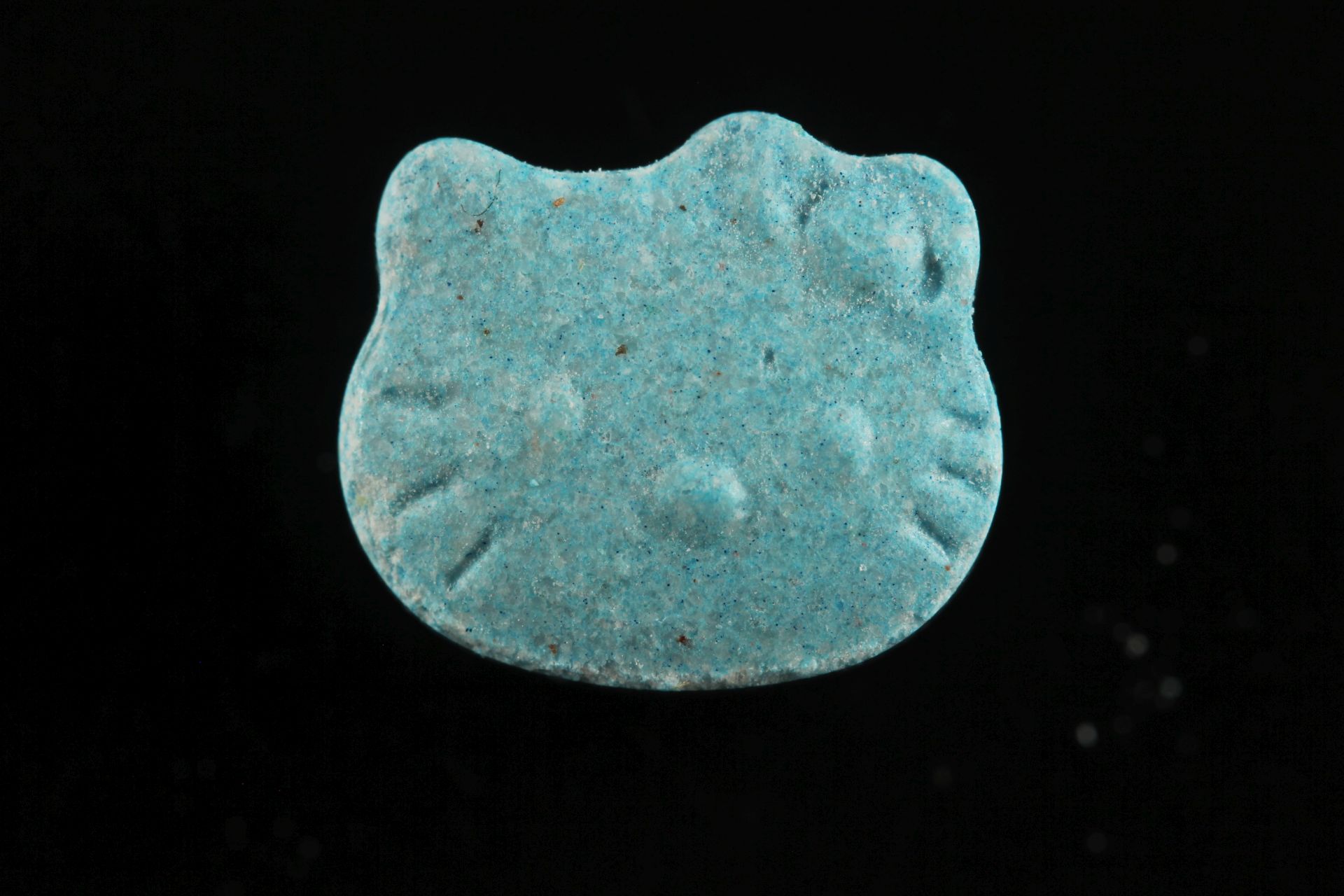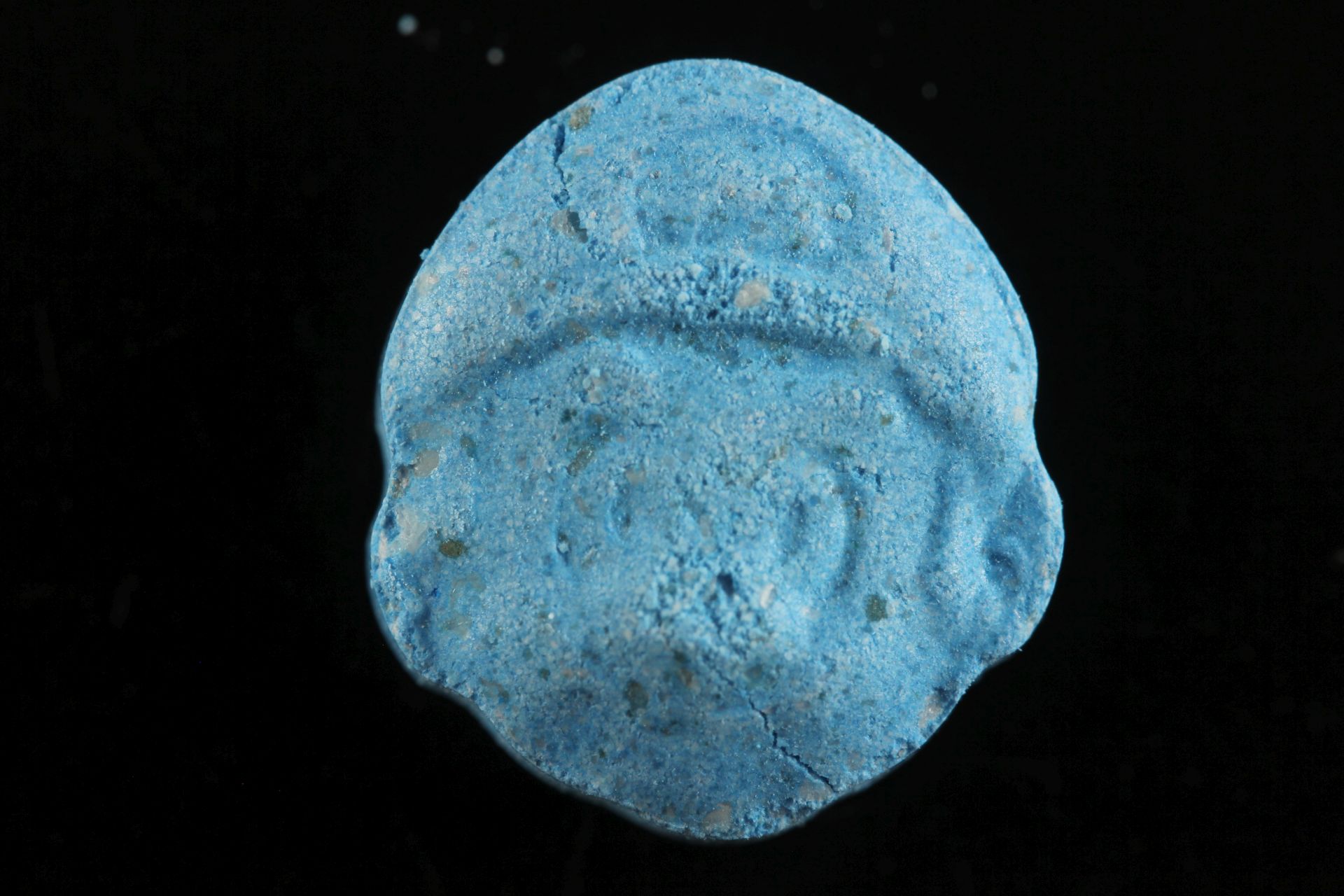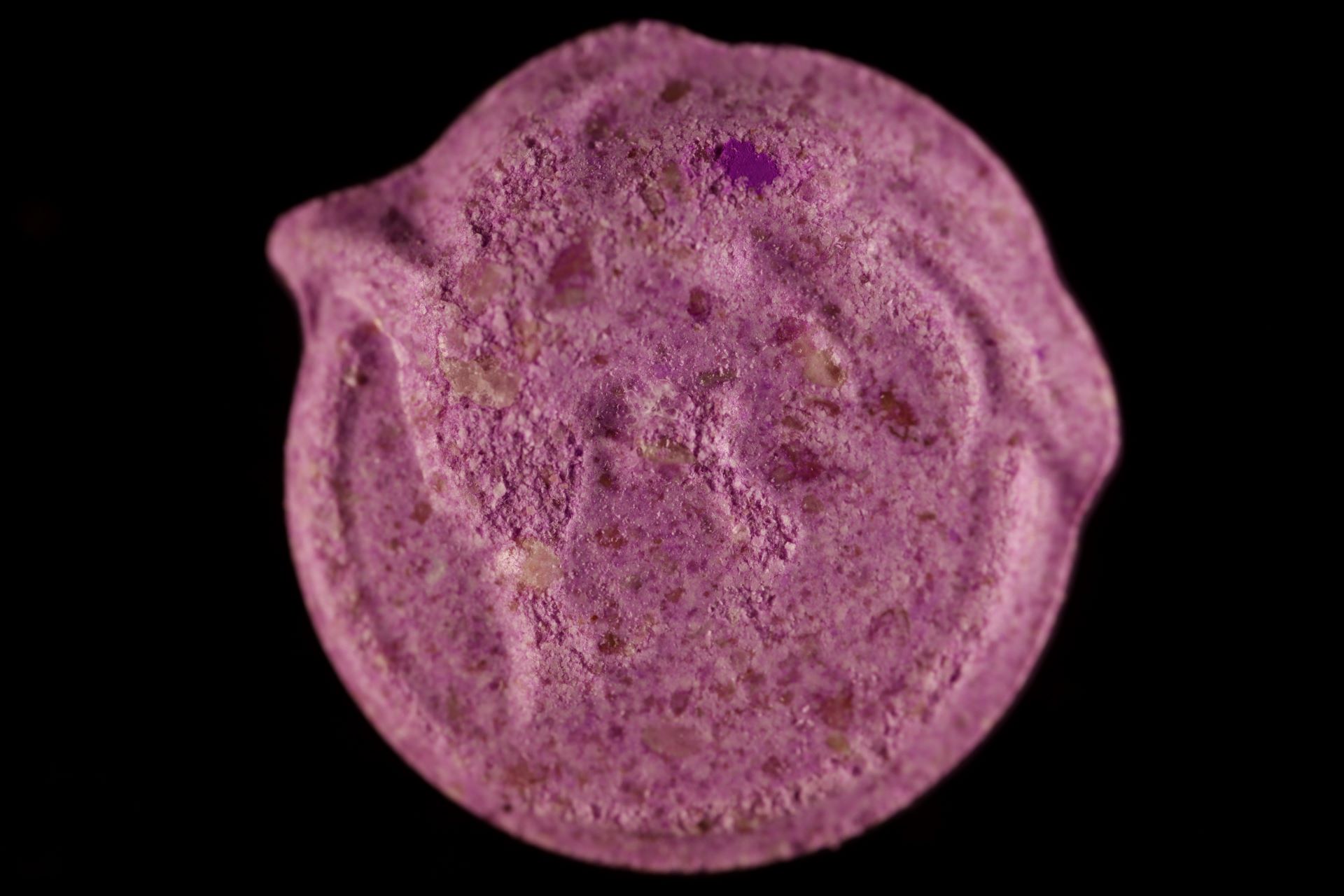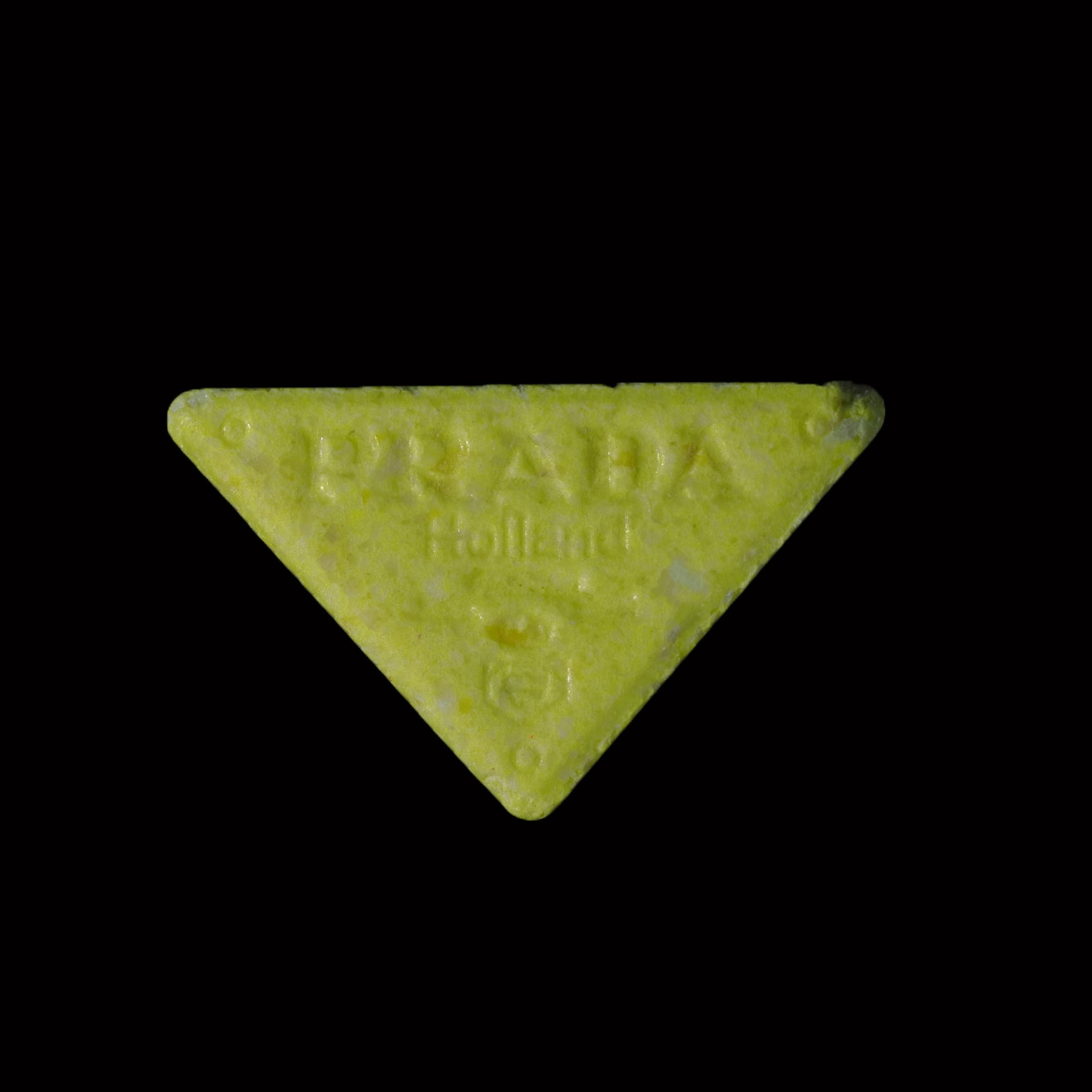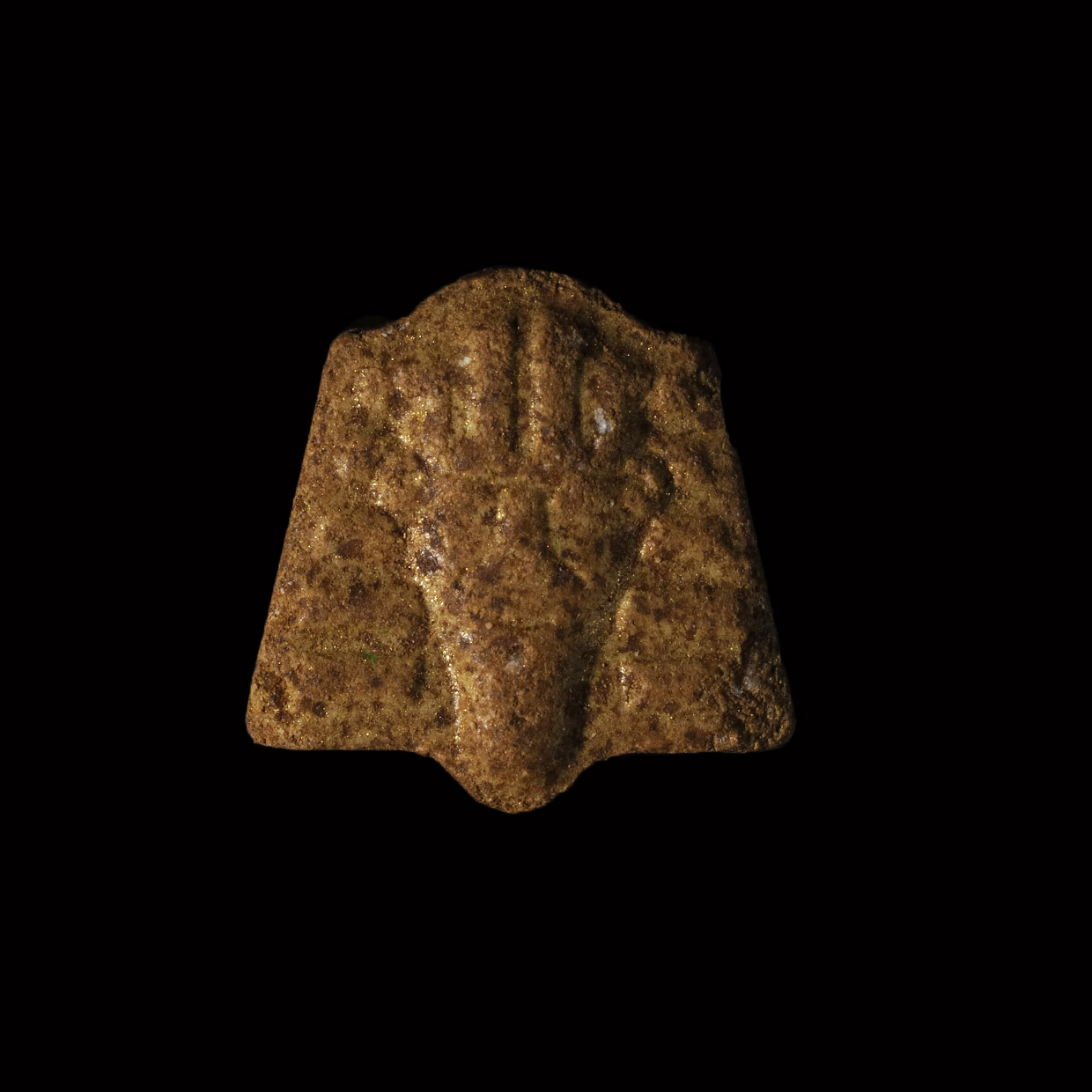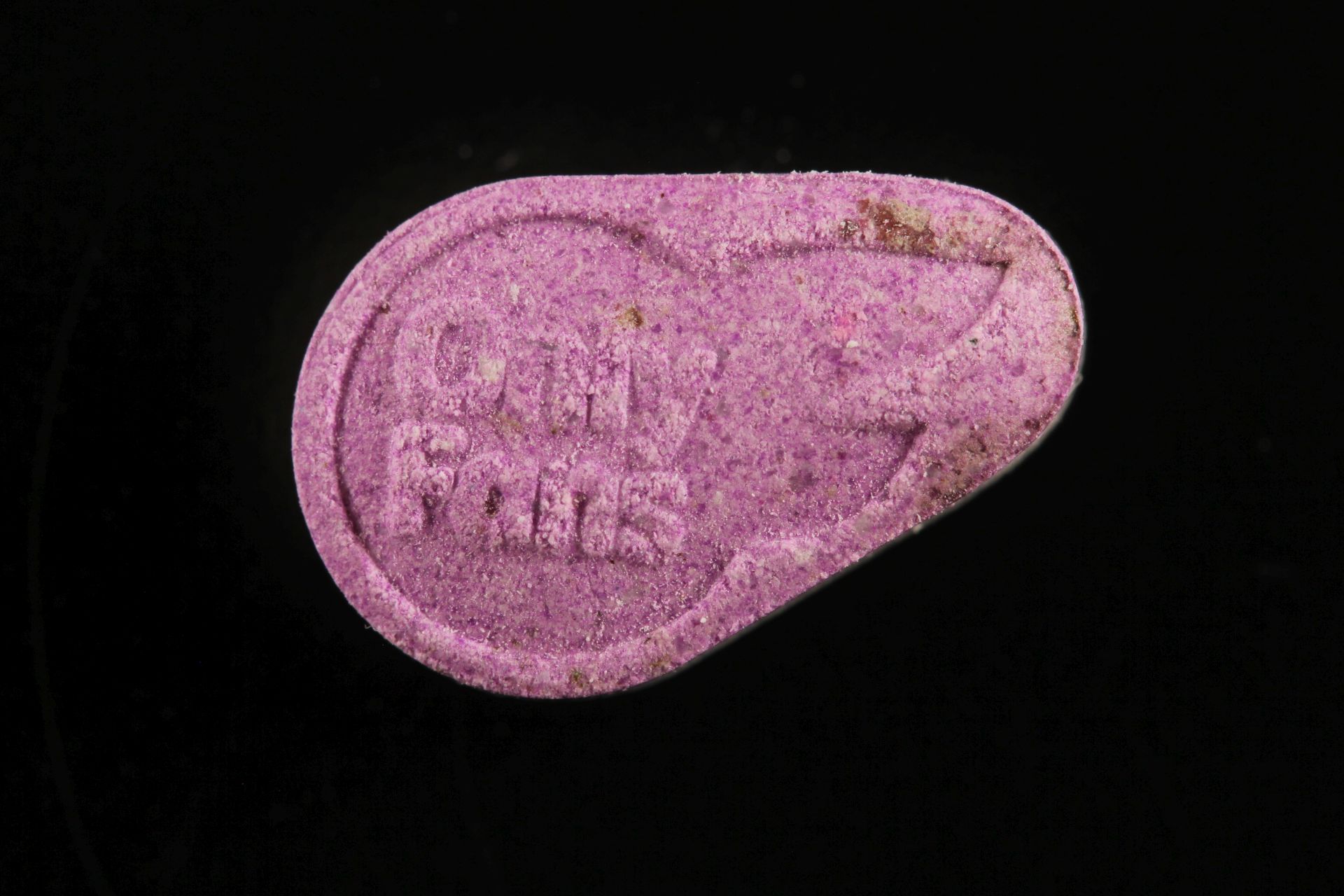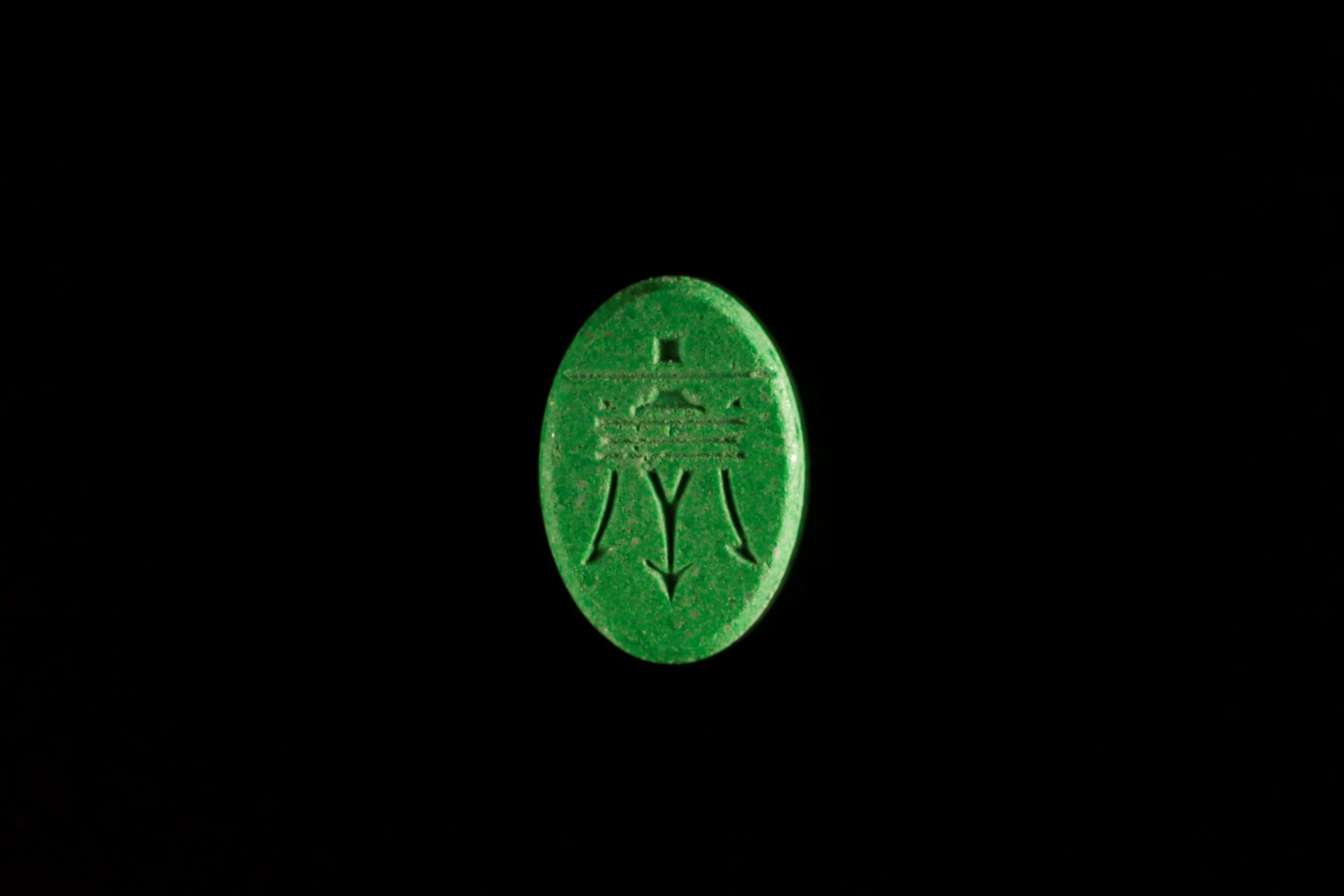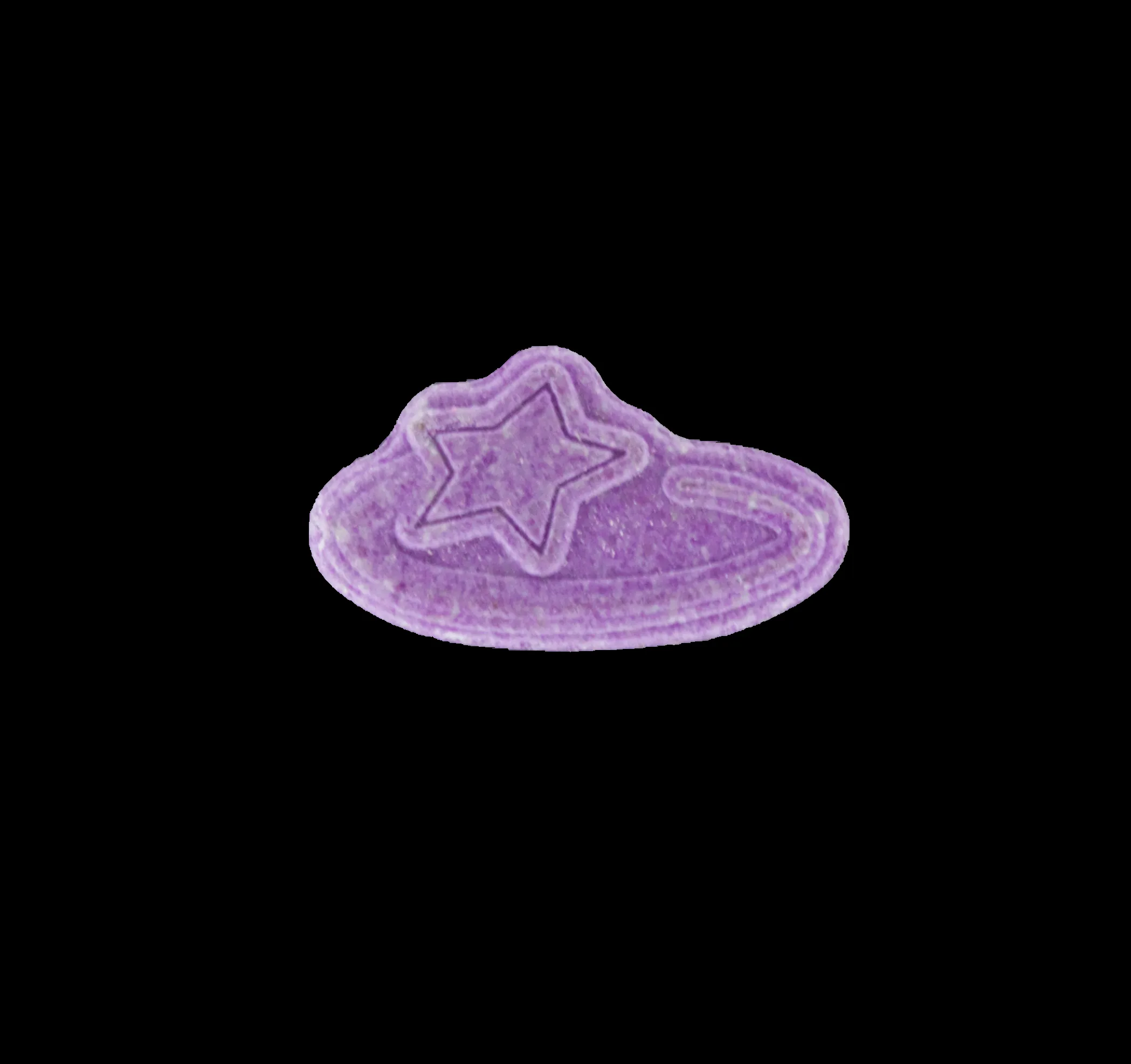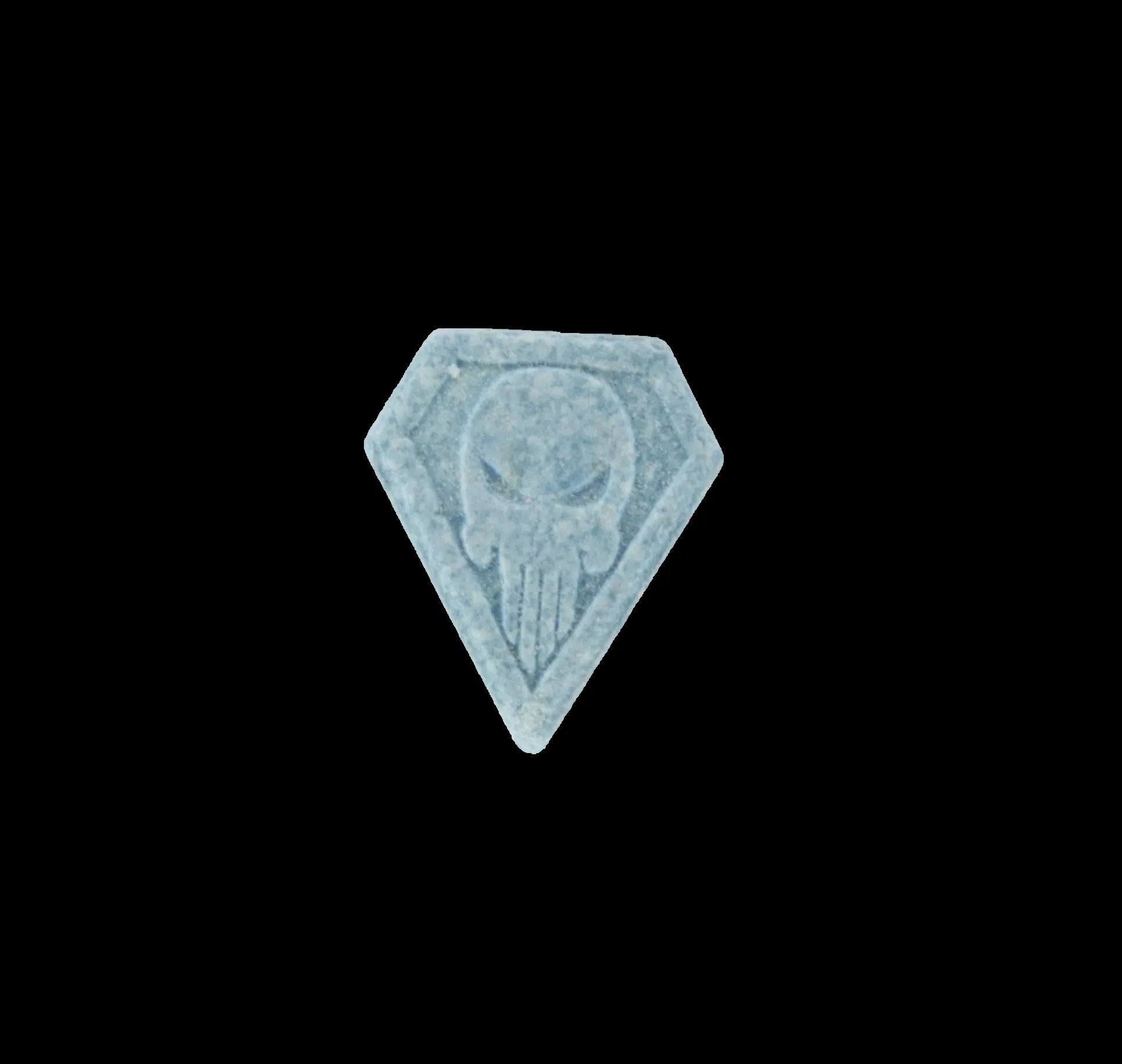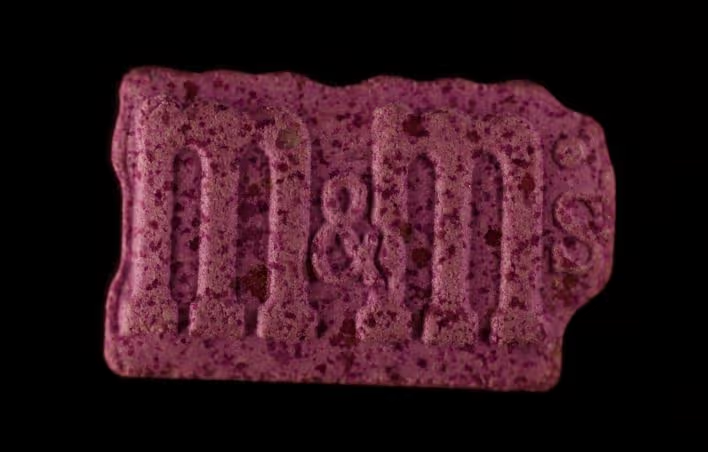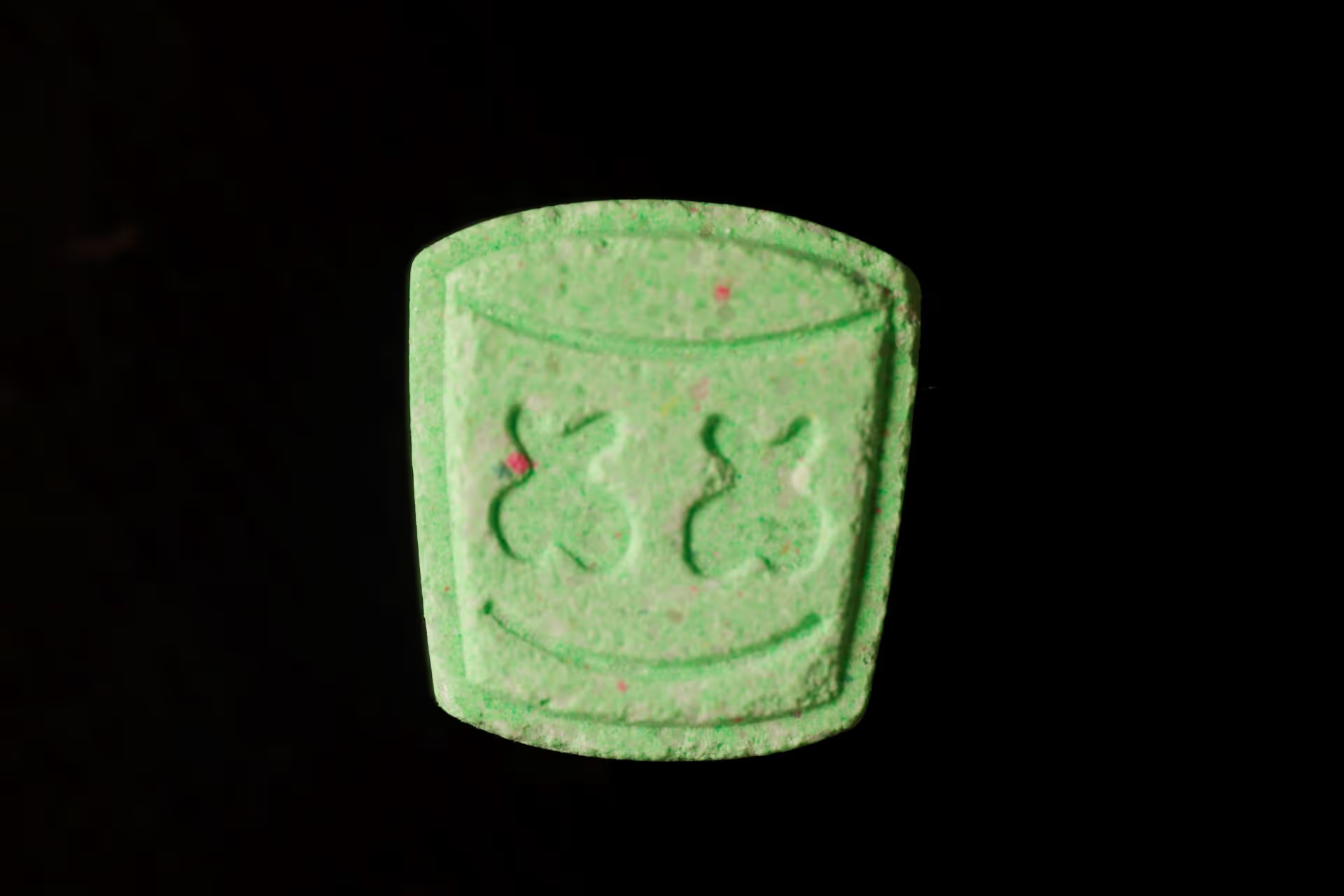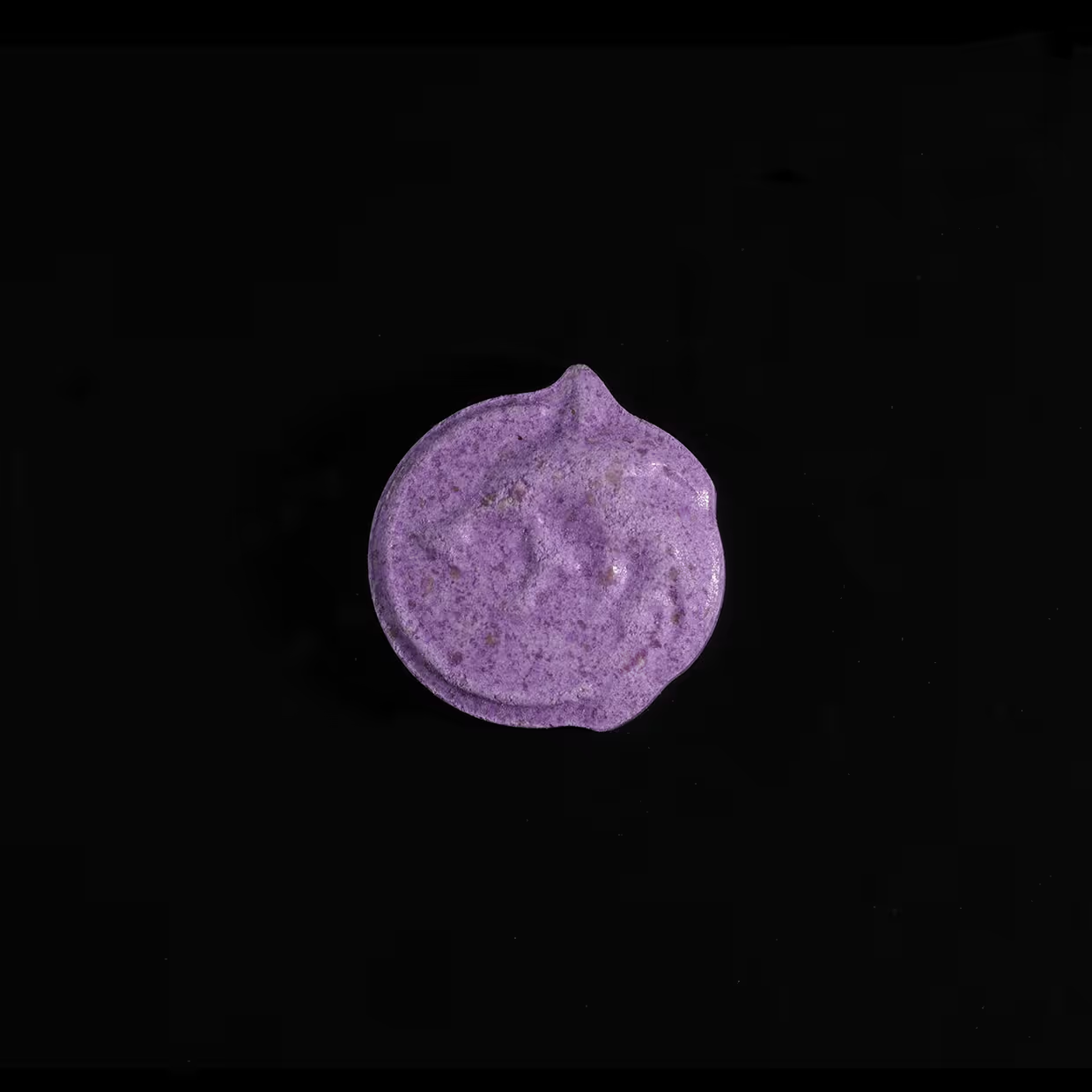Kokain verkauft als MDMA

Risikoeinschätzung
Bei dieser als MDMA deklarierten Probe handelte sich nicht um MDMA, sondern um Kokain.
Kokain gehört, wie auch MDMA, zur Gruppe der Stimulanzien und wirkt ebenfalls aufputschend / stimulierend. Die konsumierende Person erlebt jedoch nicht die für MDMA typische Wirkung der gesteigerten Empathie, weshalb möglicherweise nachdosiert und dadurch eine extrem hohe Menge Kokain eingenommen wird. Kokain wird (bei oralem Konsum) im Vergleich zu MDMA tiefer dosiert. Die Wirkung tritt schneller ein, hält jedoch weniger lange an. Eine Verwechslung mit MDMA kann zu einer unangenehmen und psychisch überfordernden Wirkung führen. Nach der Einnahme einer hohen Dosis Kokain können als Nebenwirkungen unter Anderem innere Unruhe, Herzrhythmusstörungen, Halluzinationen, psychotische Episoden, Angstzustände auftreten.
Zudem enthält das Kokain die typischen Kokain-Streckmittel Koffein und Procain. Dies bedeutet ein zusätzliches Gesundheitsrisiko.
Bei Pulvern und kristallinen Proben kommt es immer wieder zu Falschdeklarationen und Verunreinigungen; diese deshalb unbedingt vor dem Konsum testen lassen!
Warnstufe
Information
Vorsicht
Warnung
Information
Vorsicht
Warnung
Information
Vorsicht
Warnung
Safer Use
Analyse
Lasse deine Substanzen in einem Drug Checking testen
Antesten
Falls du keine Möglichkeit hast, Substanzen analysieren zu lassen, teste immer eine kleine Menge an, um Überdosierungen zu vermeiden.
Abwarten
Warte nach oraler Einnahme 2 Stunden, da immer wieder Pulver / Kristalle mit unerwarteten Wirkstoffen im Umlauf sind, welche einen späteren Wirkungseintritt haben können.
Utensilien
Verwende bei einer nasalen Applikation (sniffen) von Pulvern immer deine eigenen Sniffutensilien, um dich oder andere nicht mit Krankheiten anzustecken.
Disclaimer
Besitzt du eine Substanz, welche nicht auf dieser Seite erscheint, bedeutet dies keinesfalls, dass sie den erwarteten Inhaltsstoff enthält oder unbedenklich sein sollte. Die von uns veröffentlichten Warnungen beziehen sich nur auf die in unseren Drug Checking Angeboten abgegeben Substanzen, diese Substanzen stellen ein hohes Konsumrisiko dar und sollten nicht konsumiert werden. Eine Substanz kann das gleiche optische Erscheinungsbild haben (Form, Grösse, Farbe etc.) und trotzdem andere Inhaltsstoffe oder eine andere Zusammensetzung aufweisen. Es gibt keinen Drogenkonsum ohne Risiko! Risikofrei ist nur ein vollständiger Verzicht auf Drogen! Wenn du dich dennoch entscheidest, Drogen zu konsumieren, solltest du zumindest die Safer- Use-Regeln befolgen.








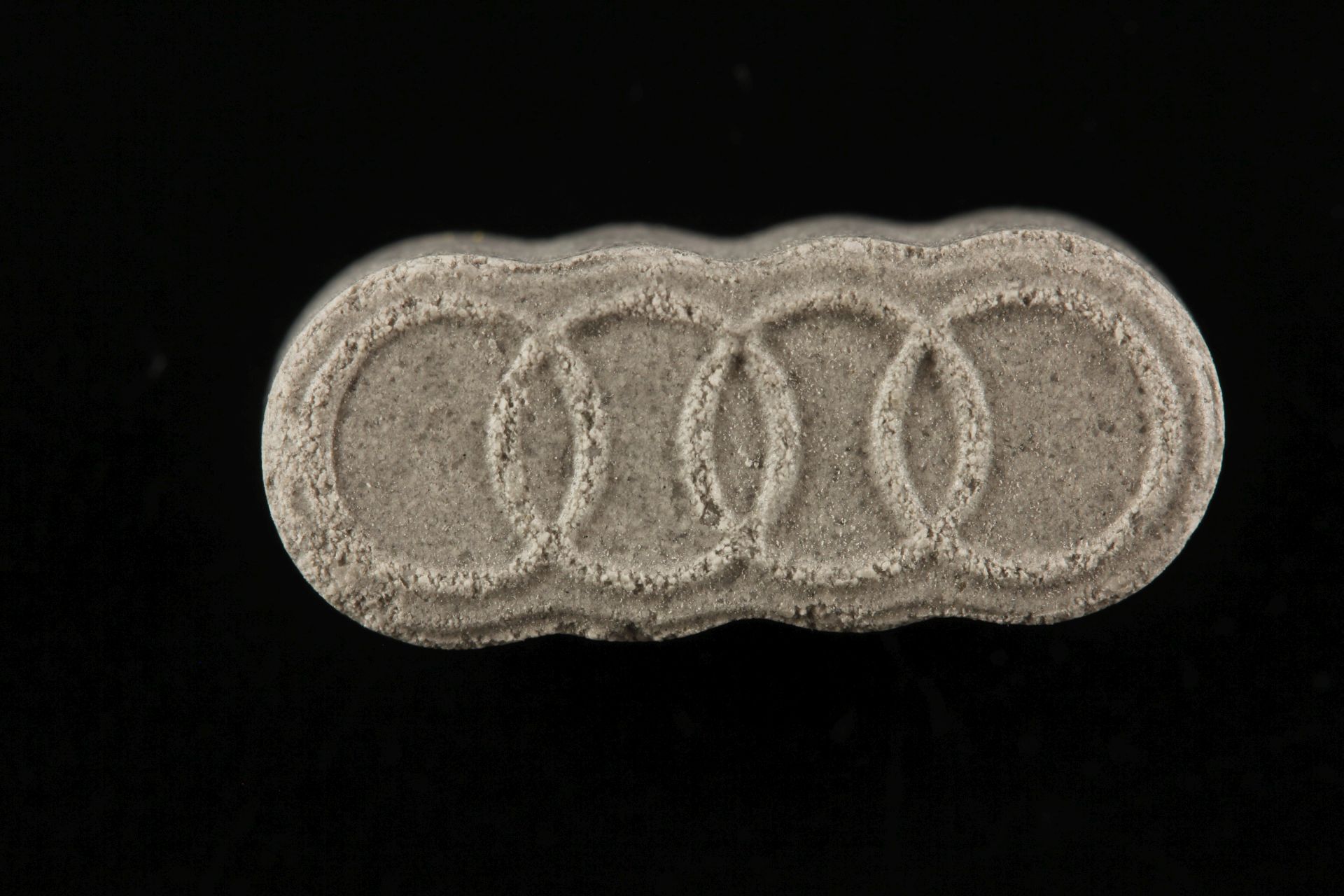
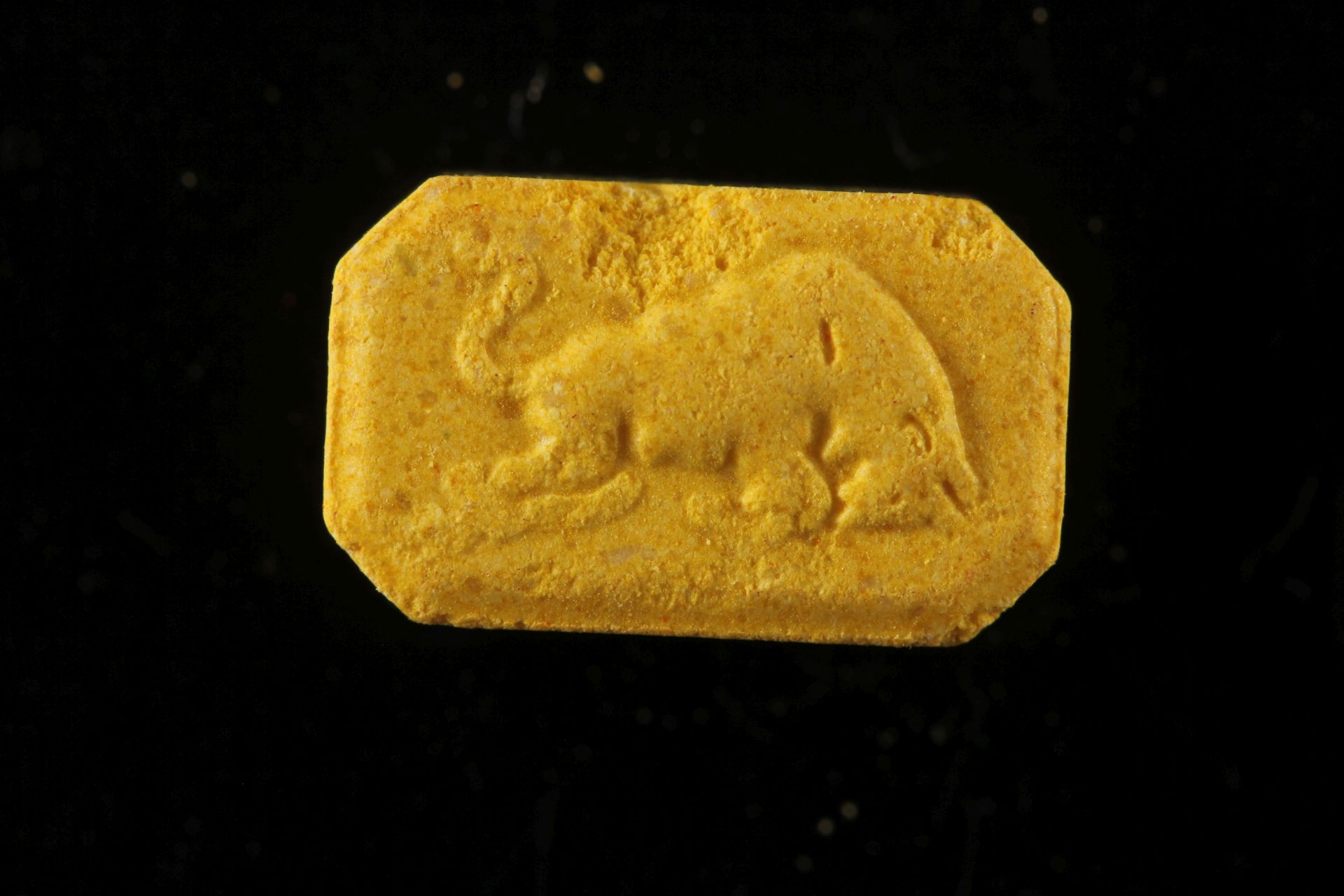
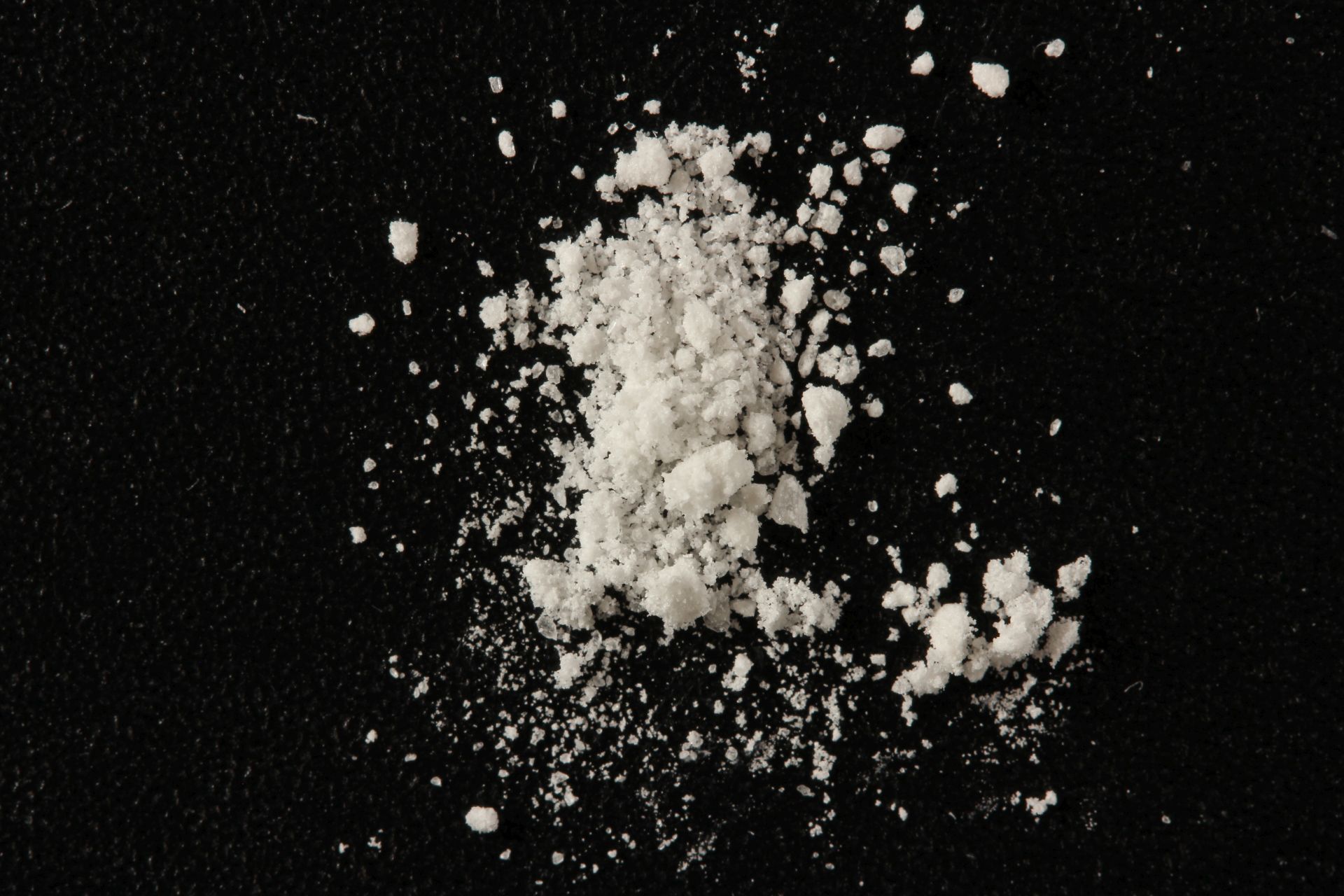

.jpg)
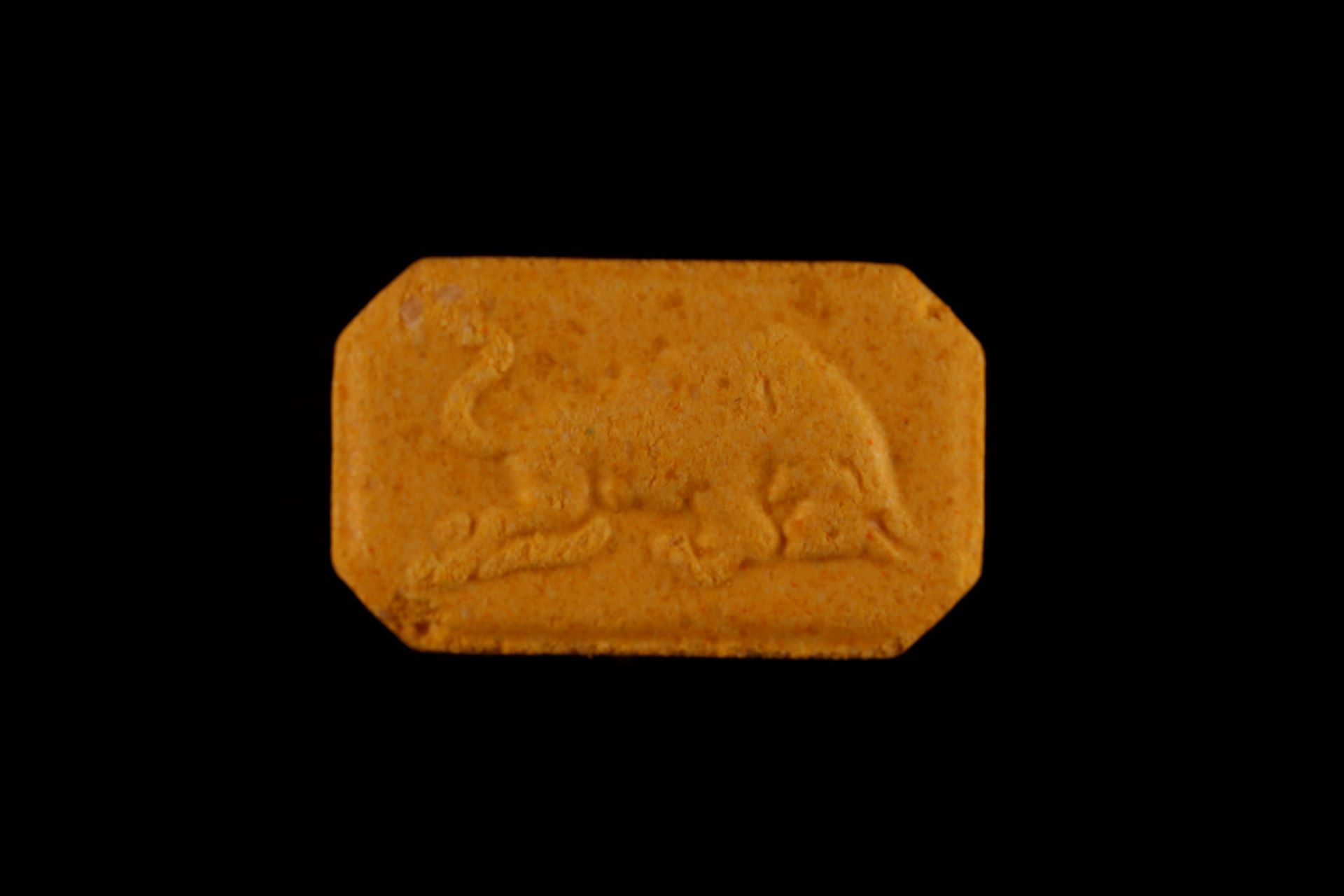
.jpeg)
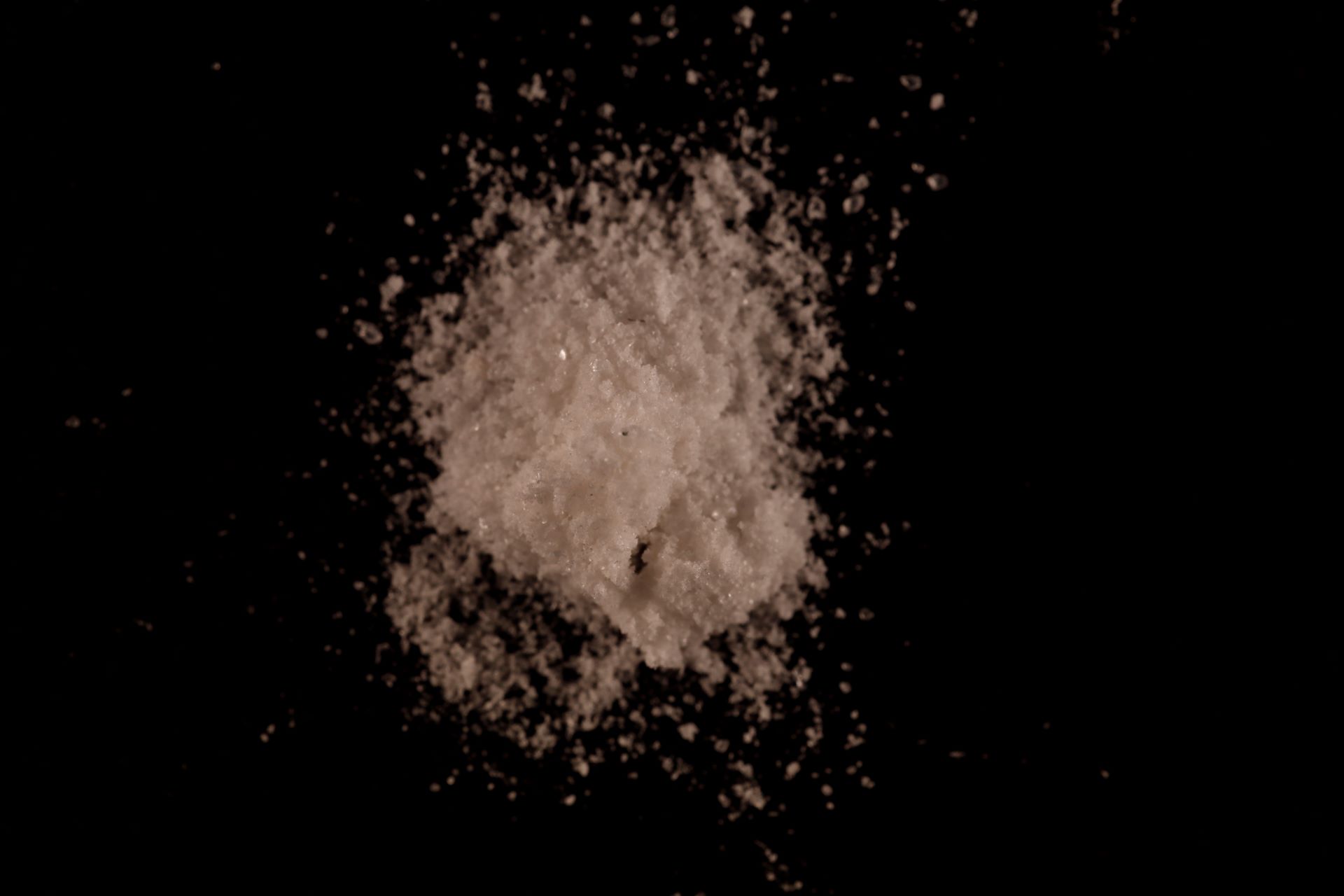

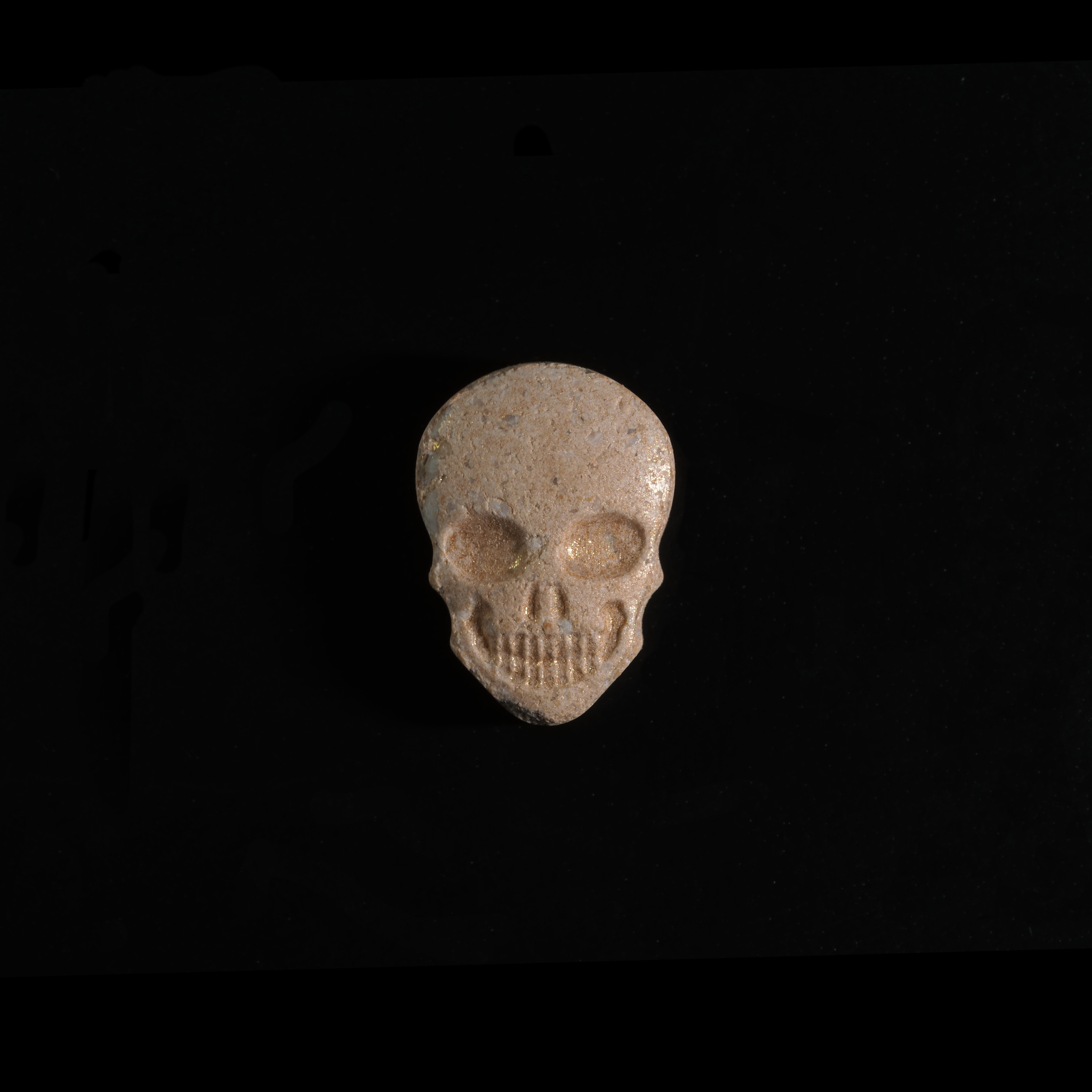

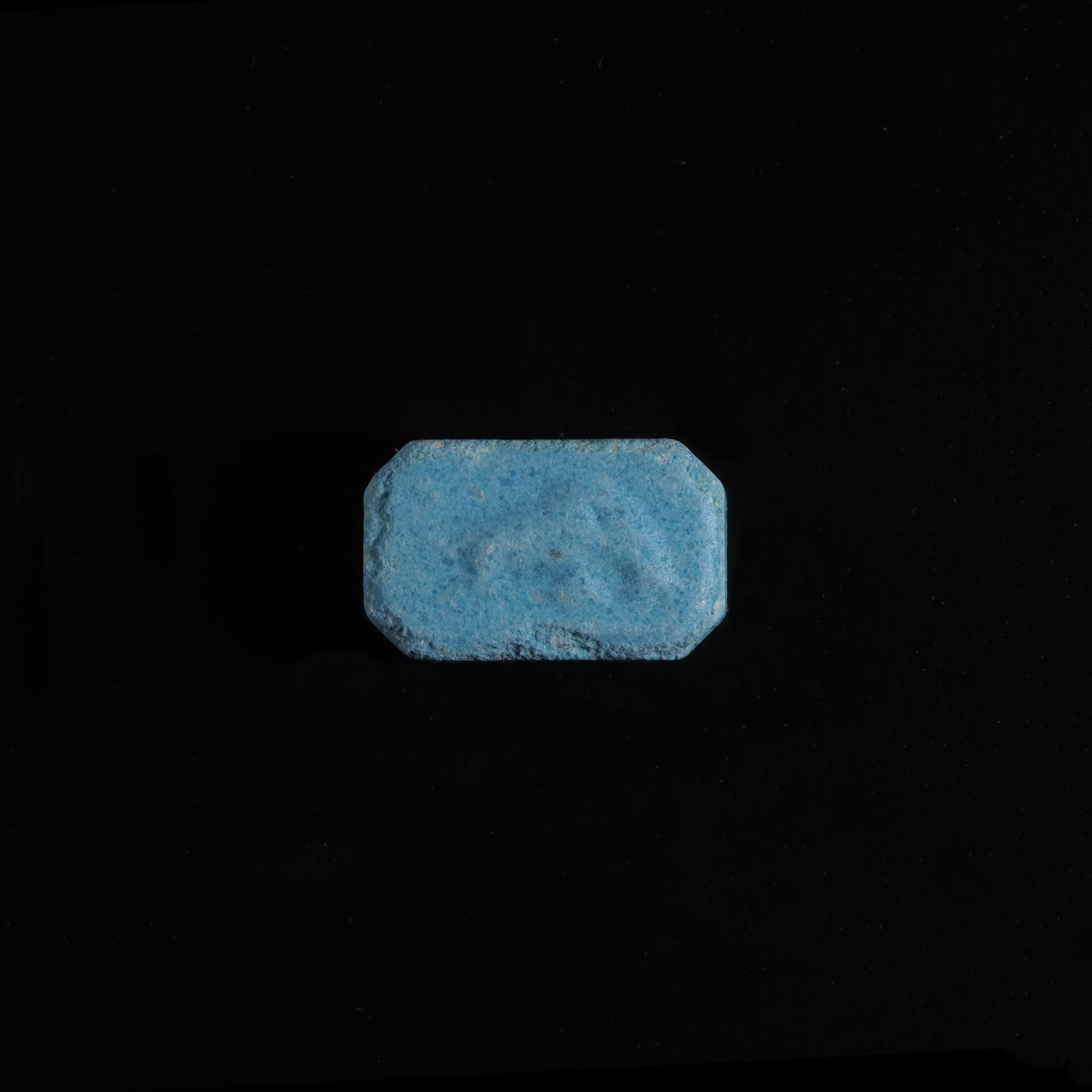



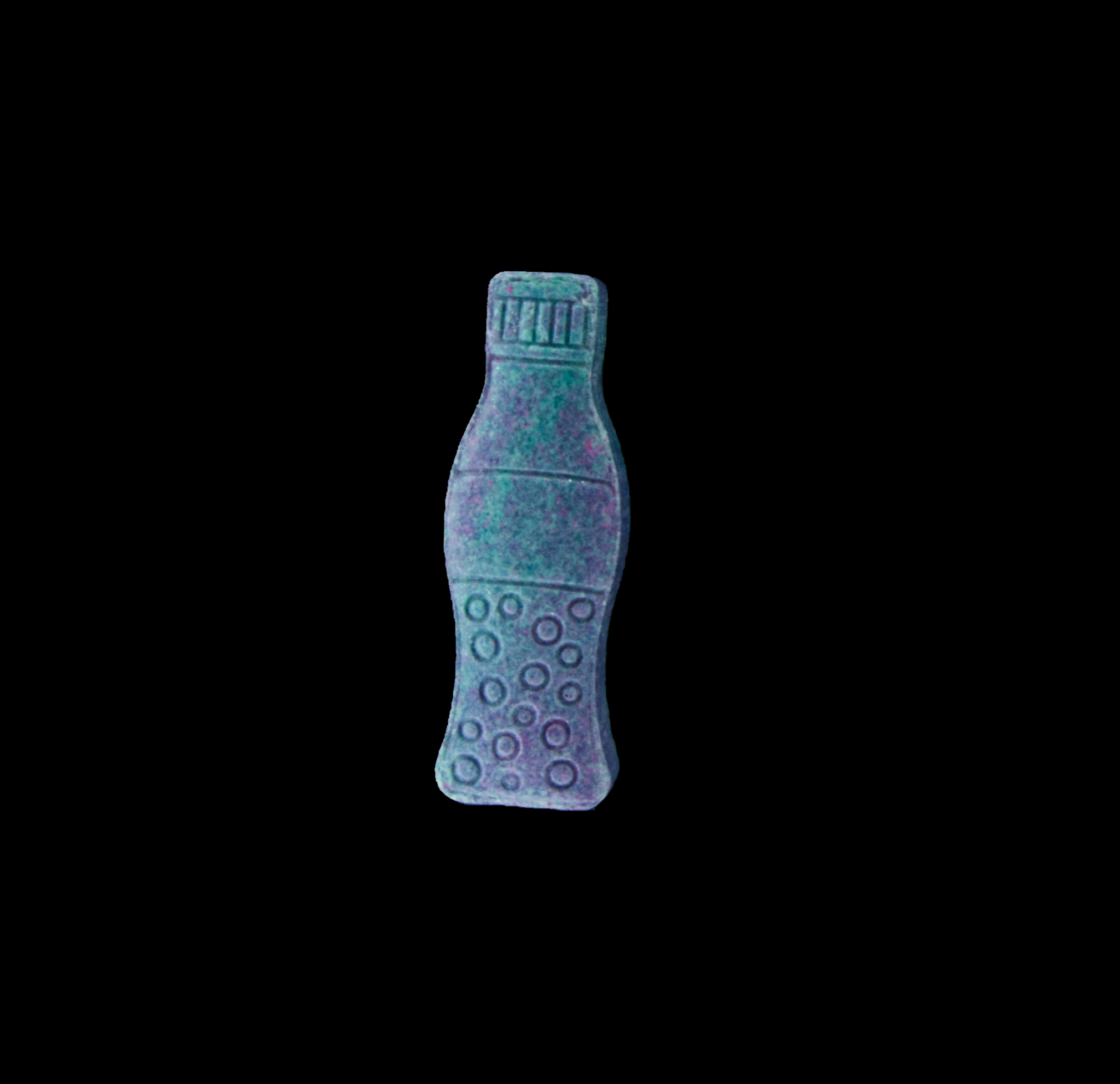
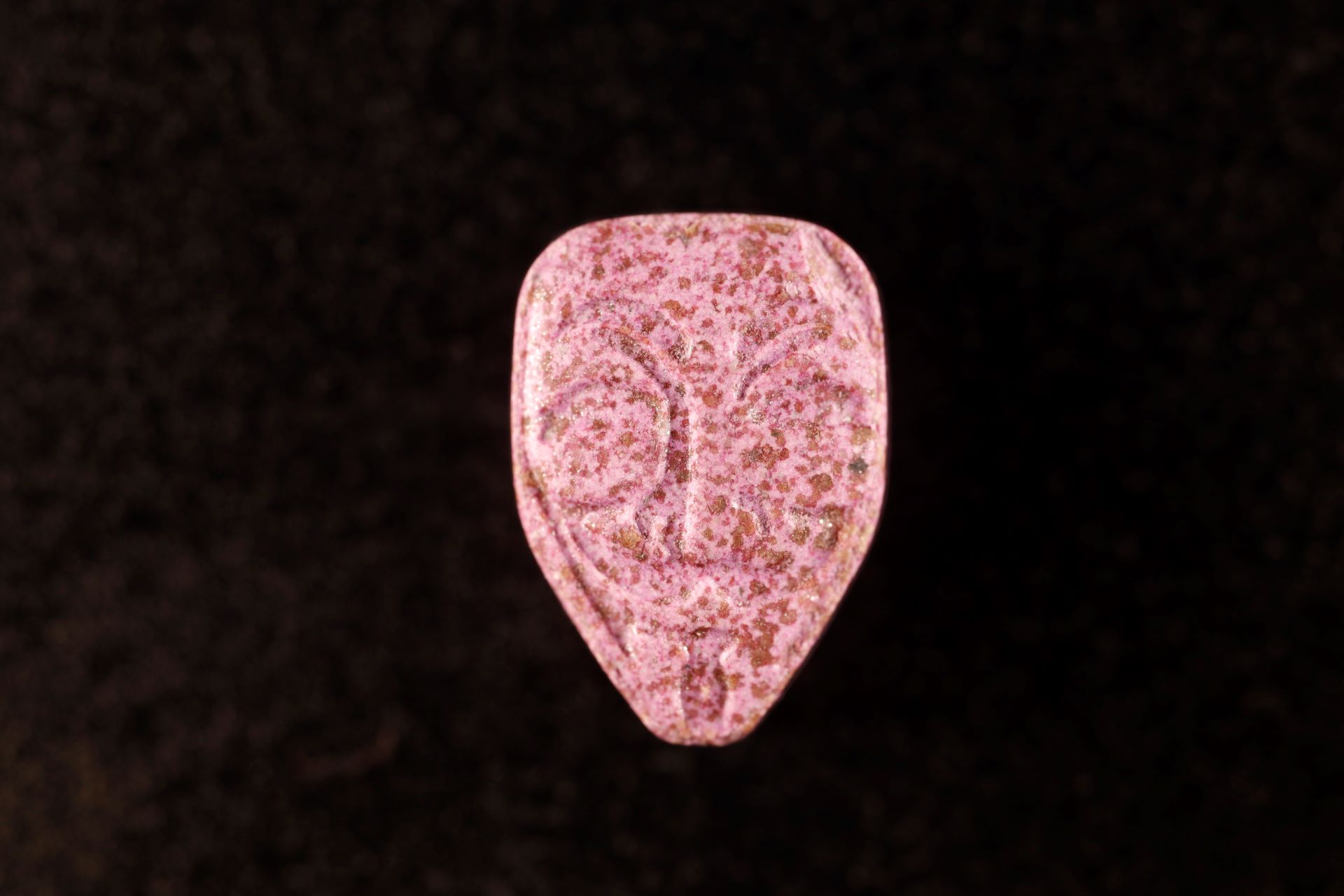

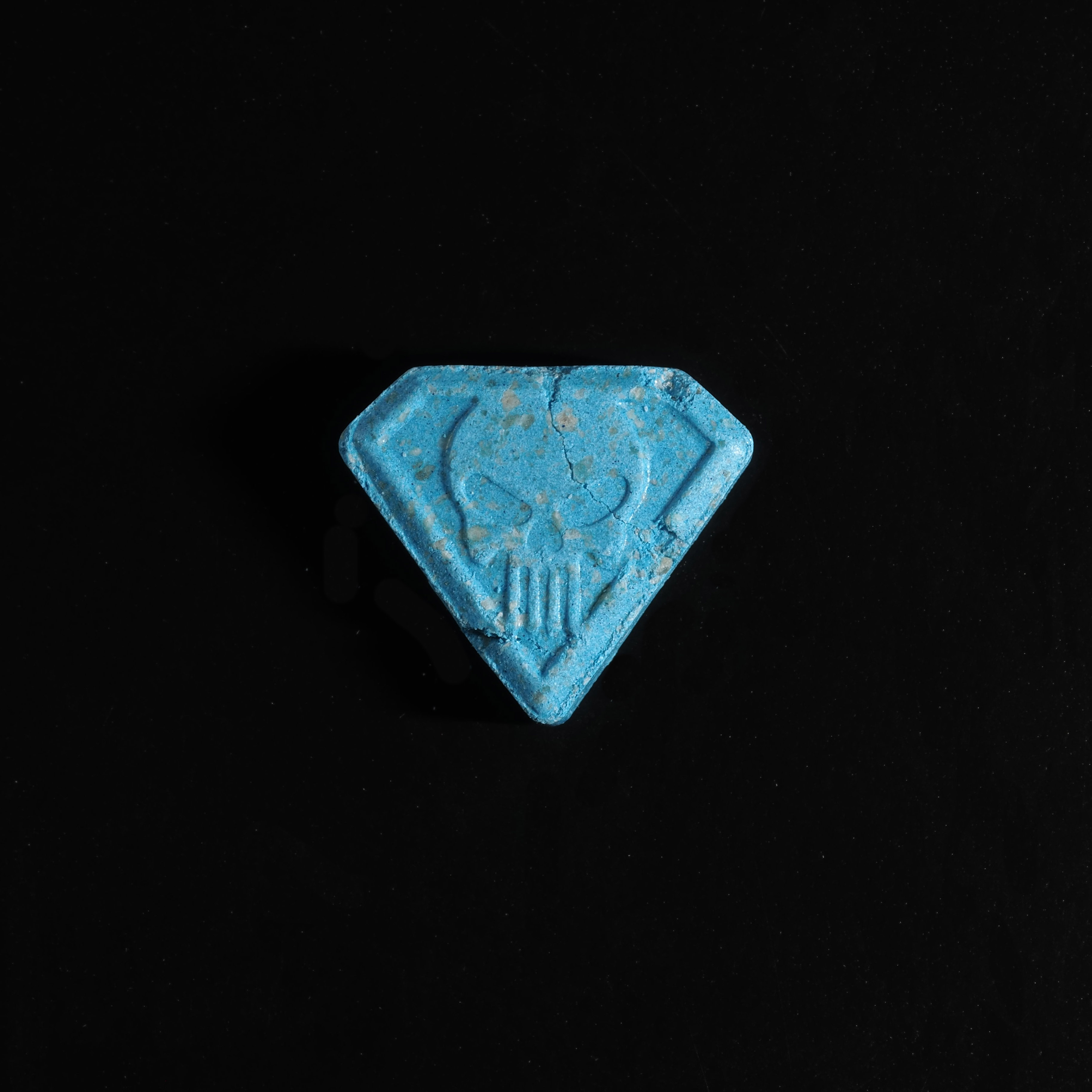
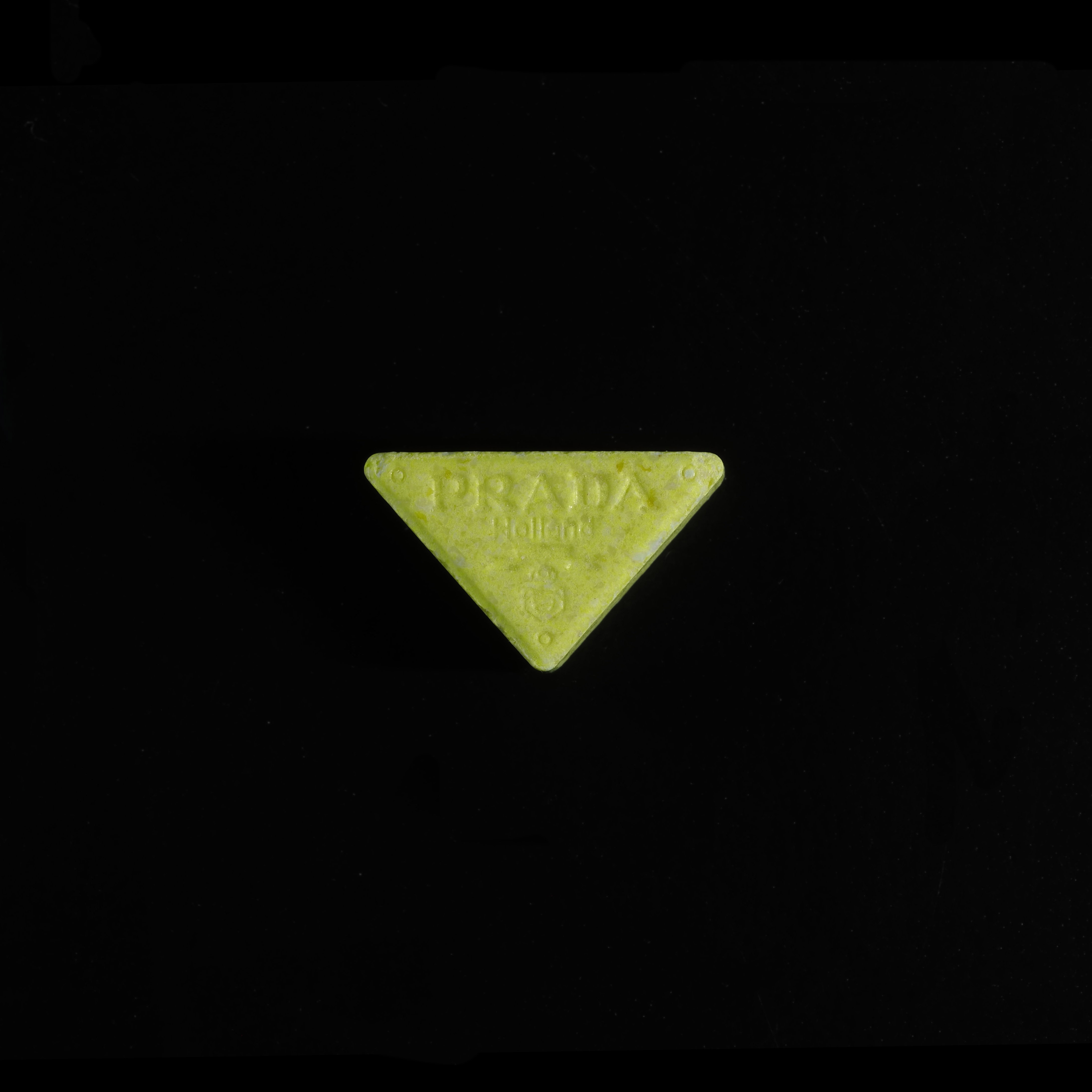

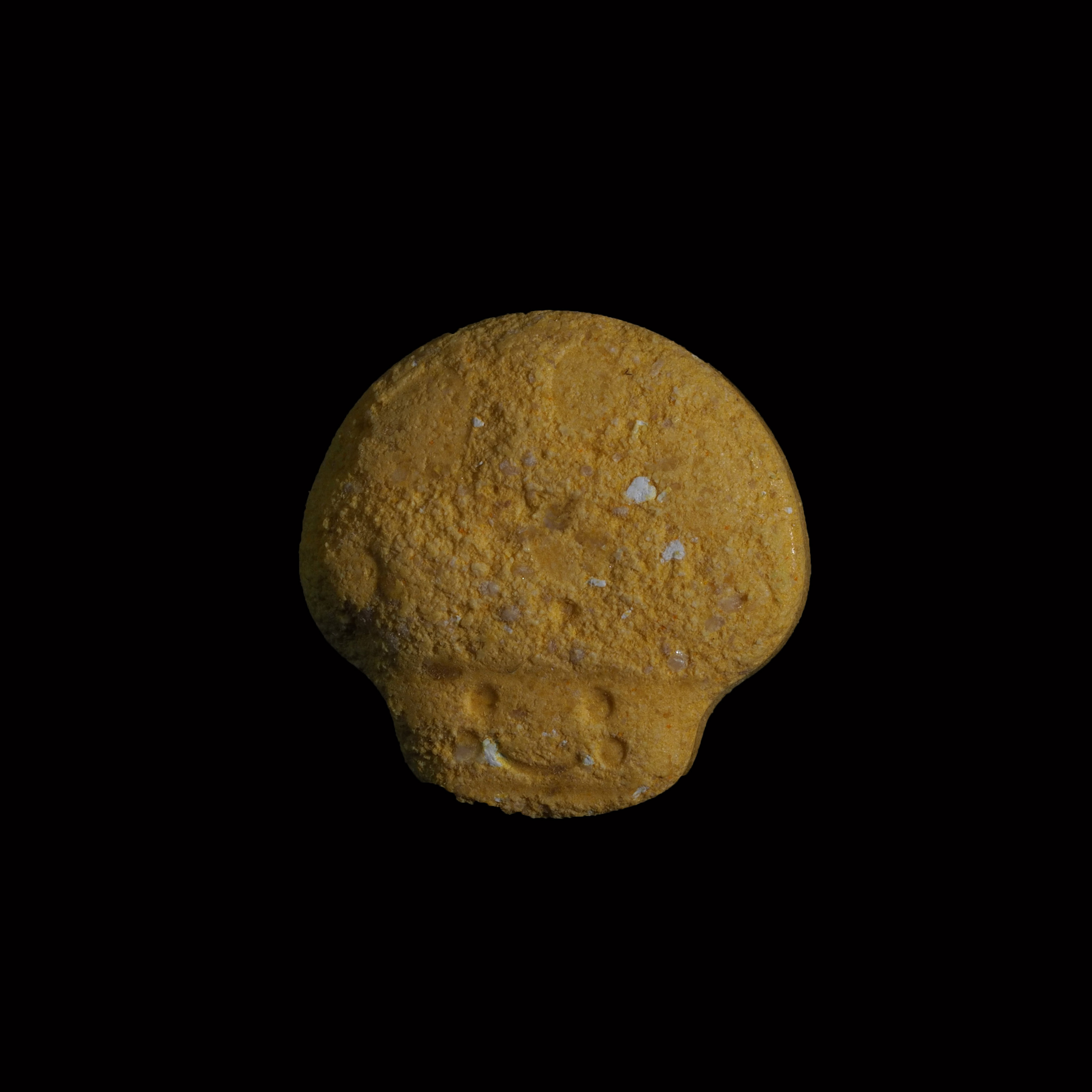
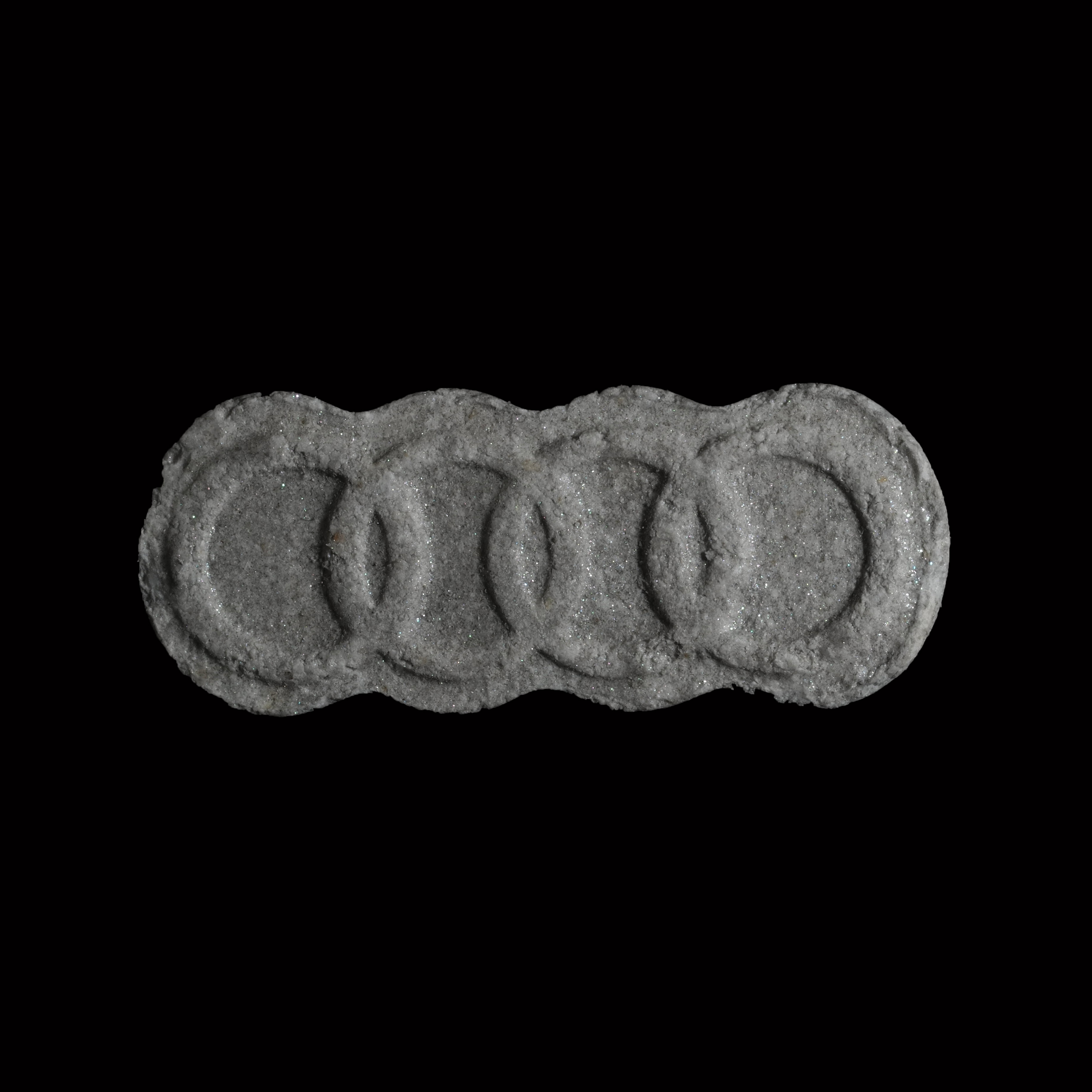
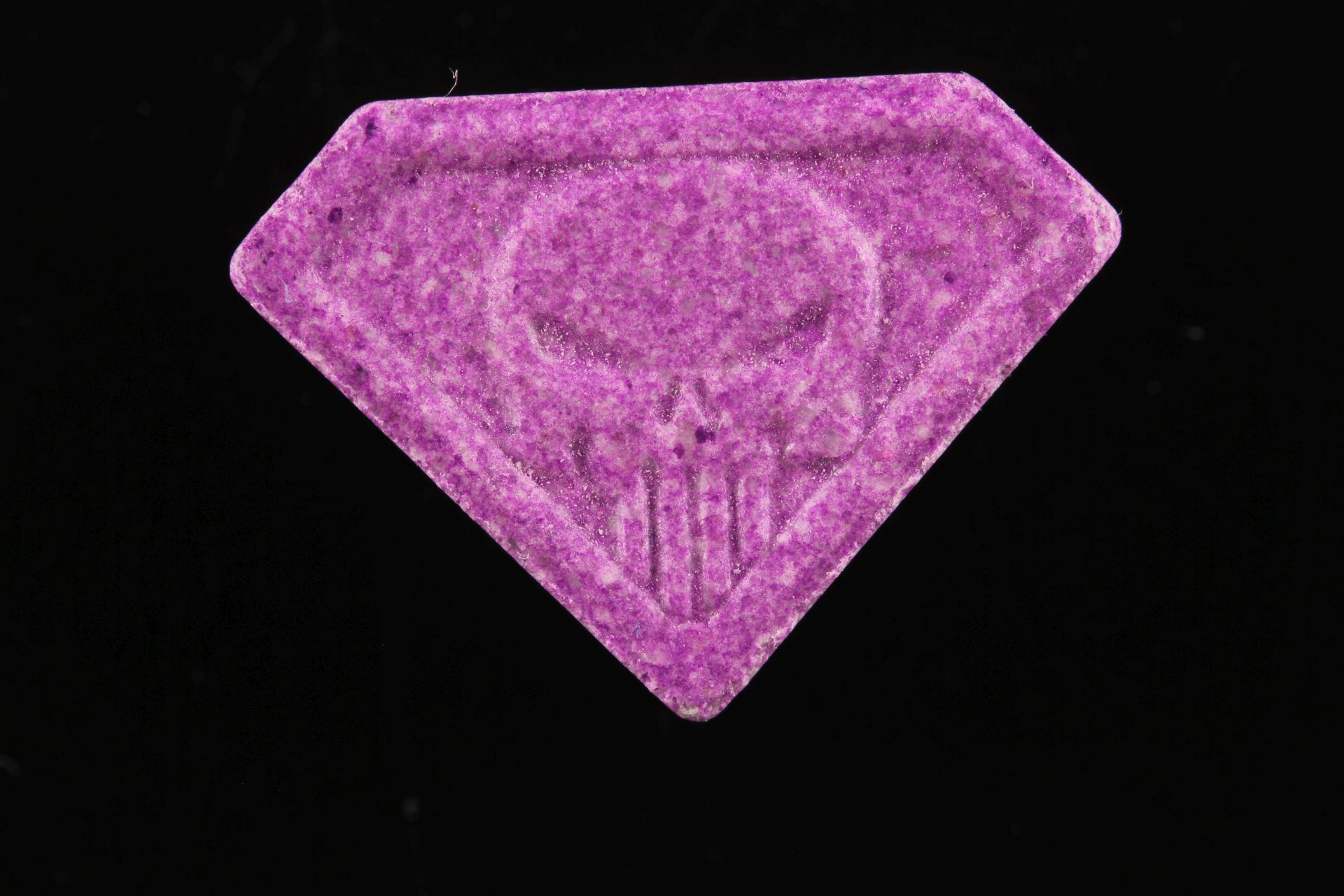
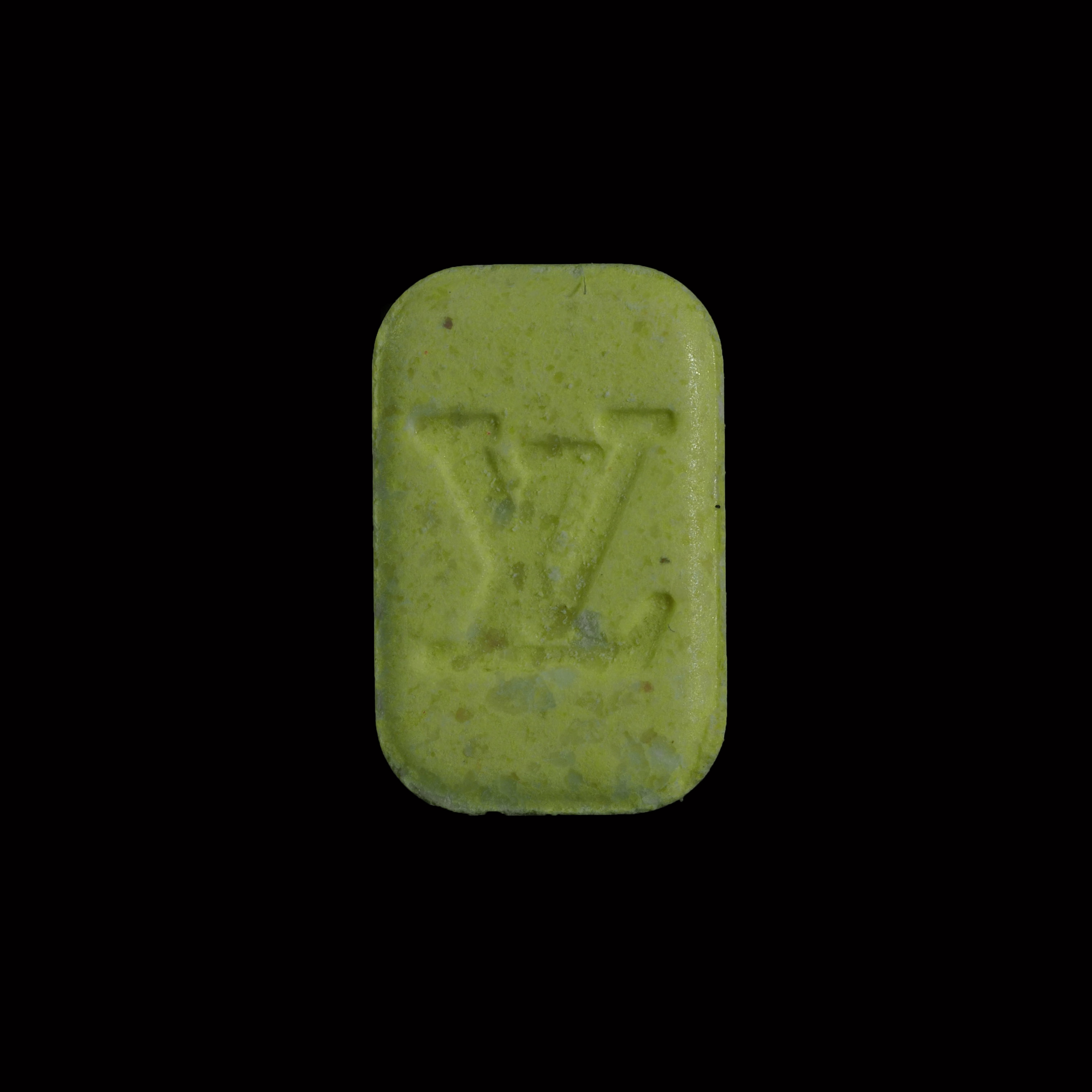

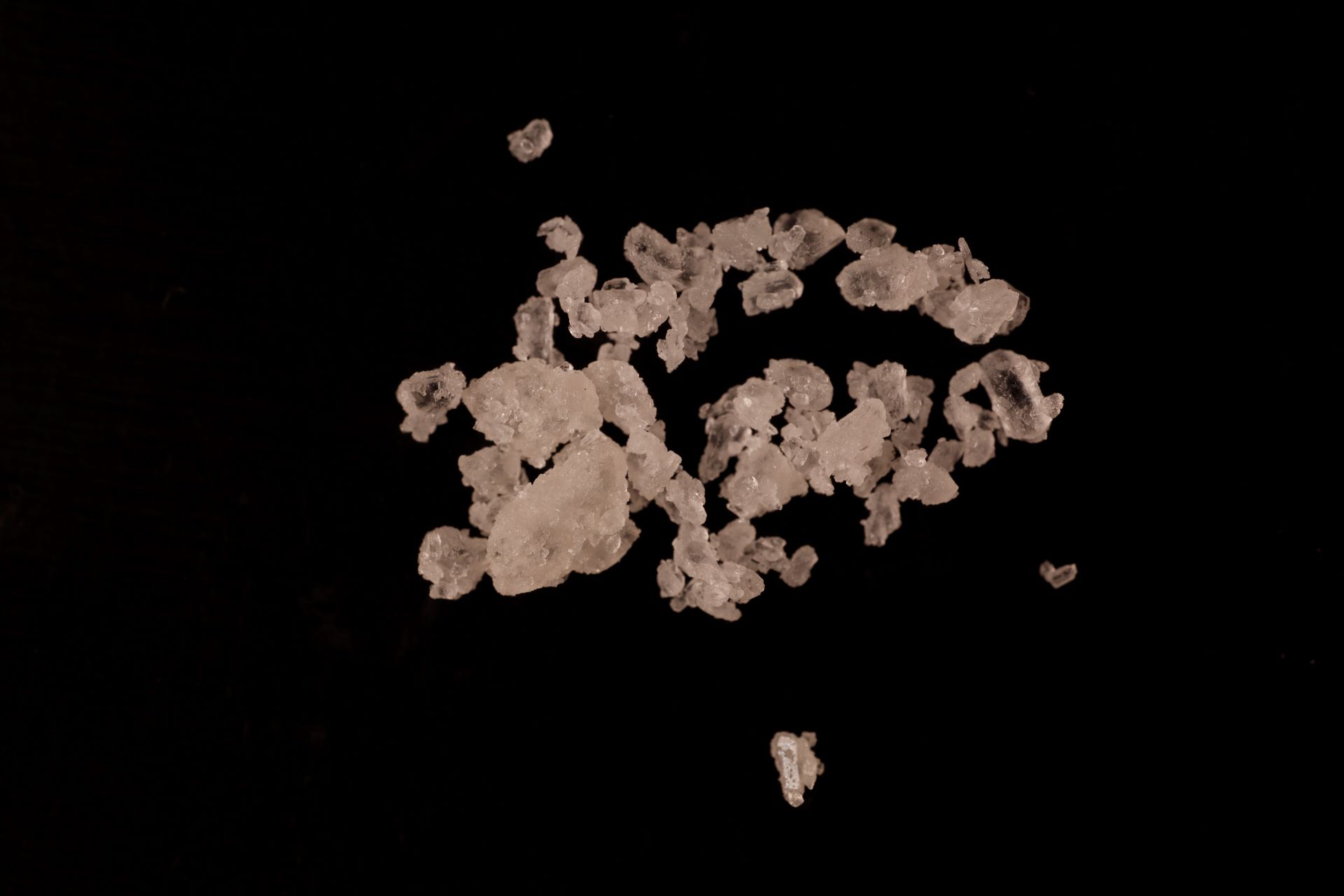
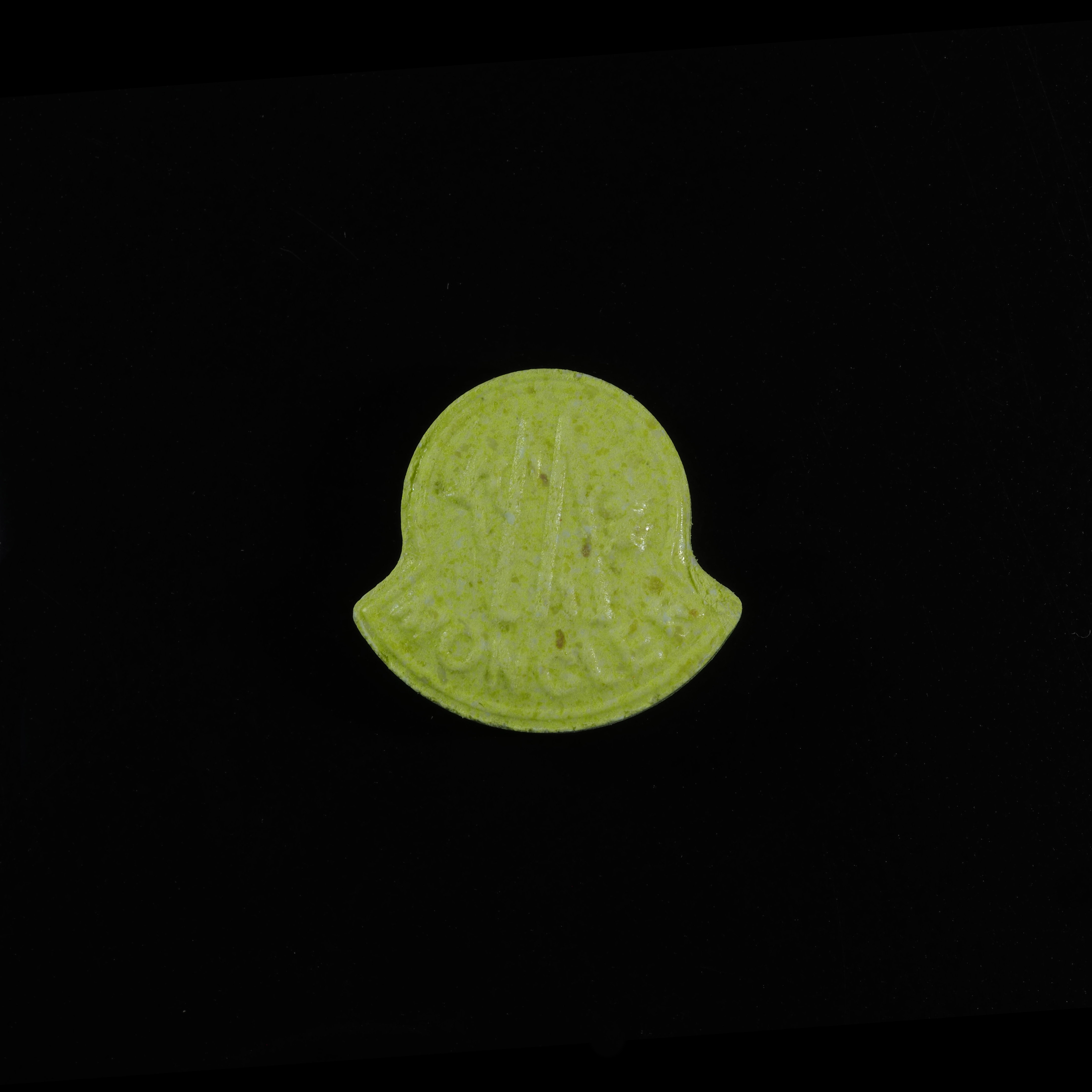
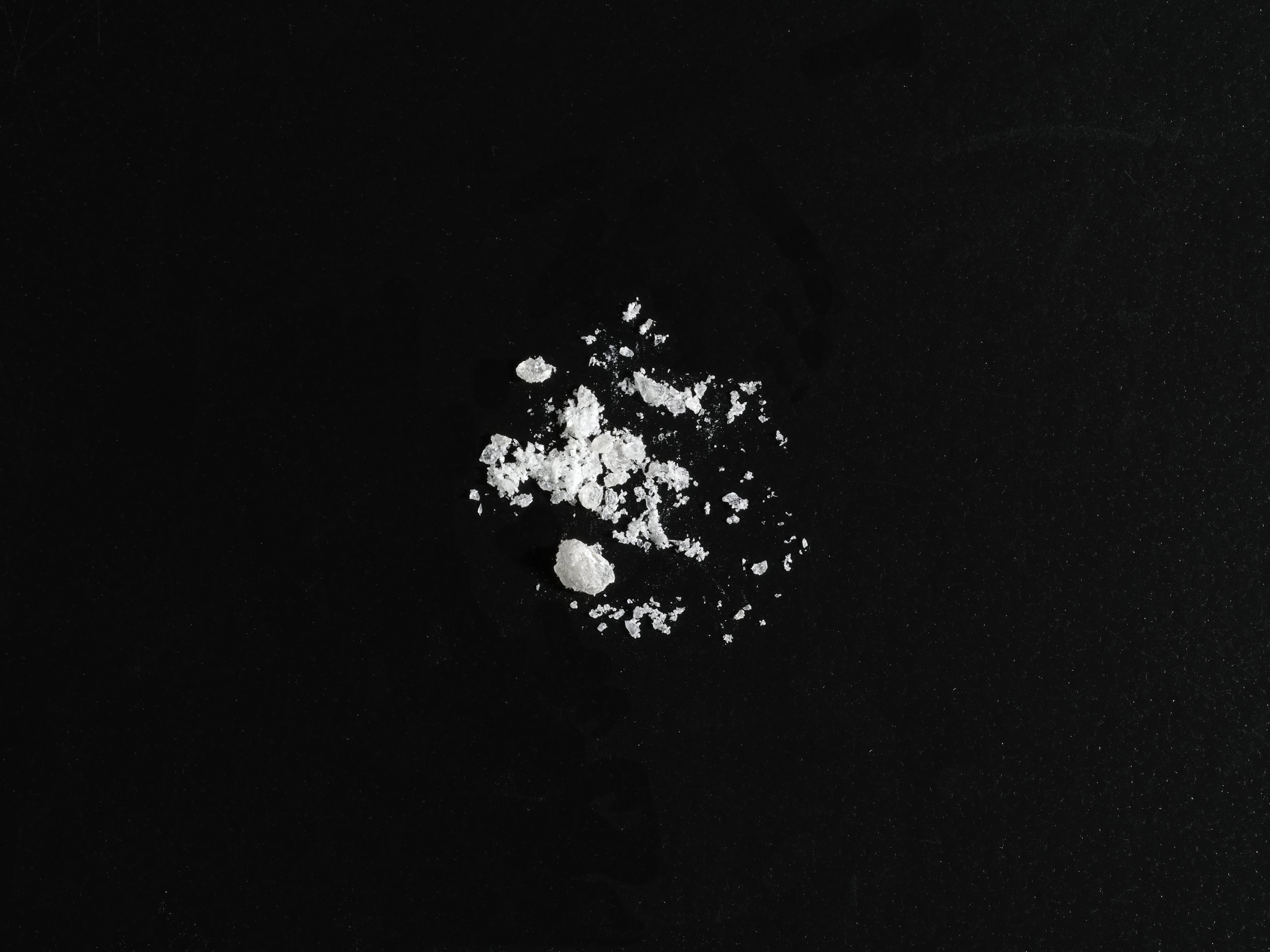
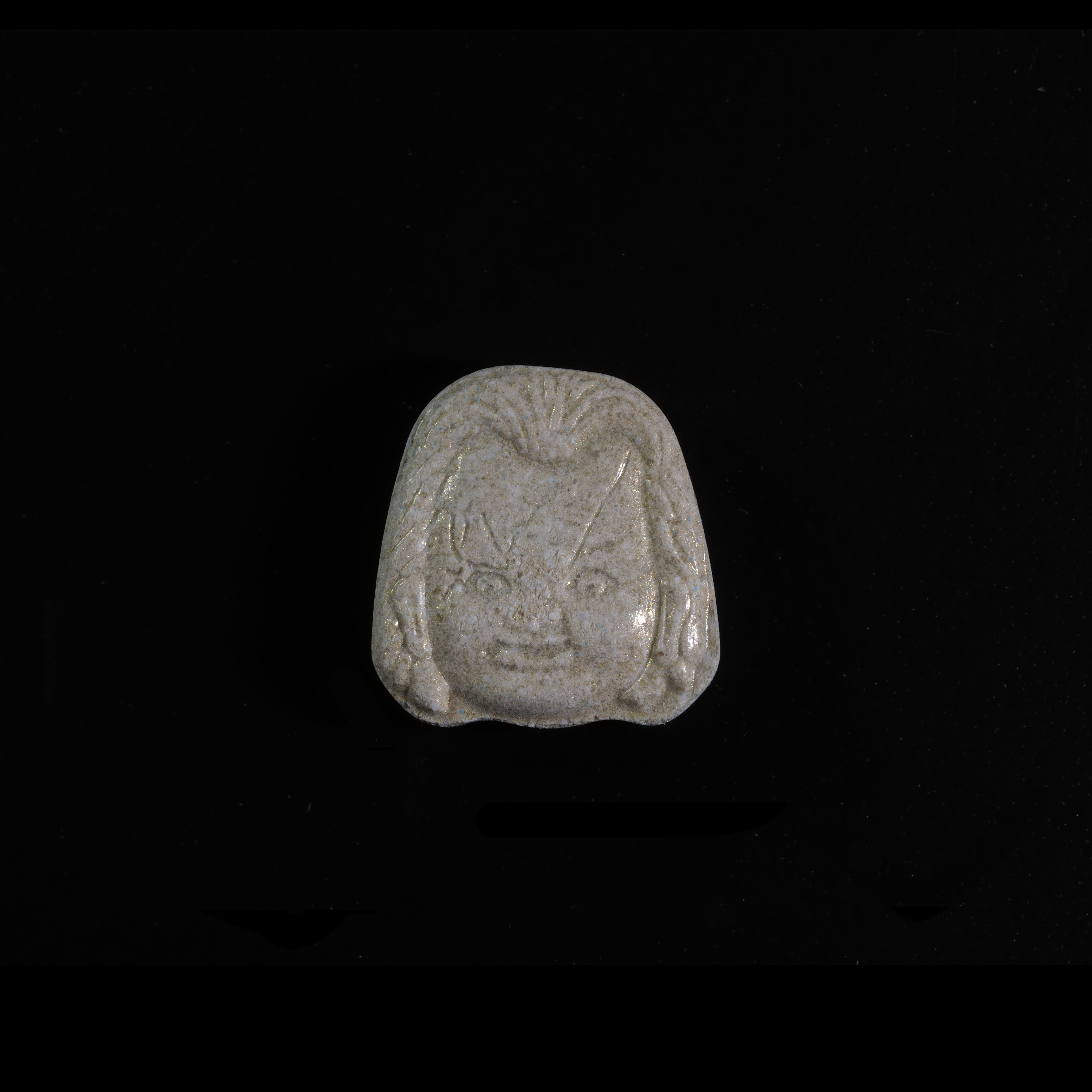
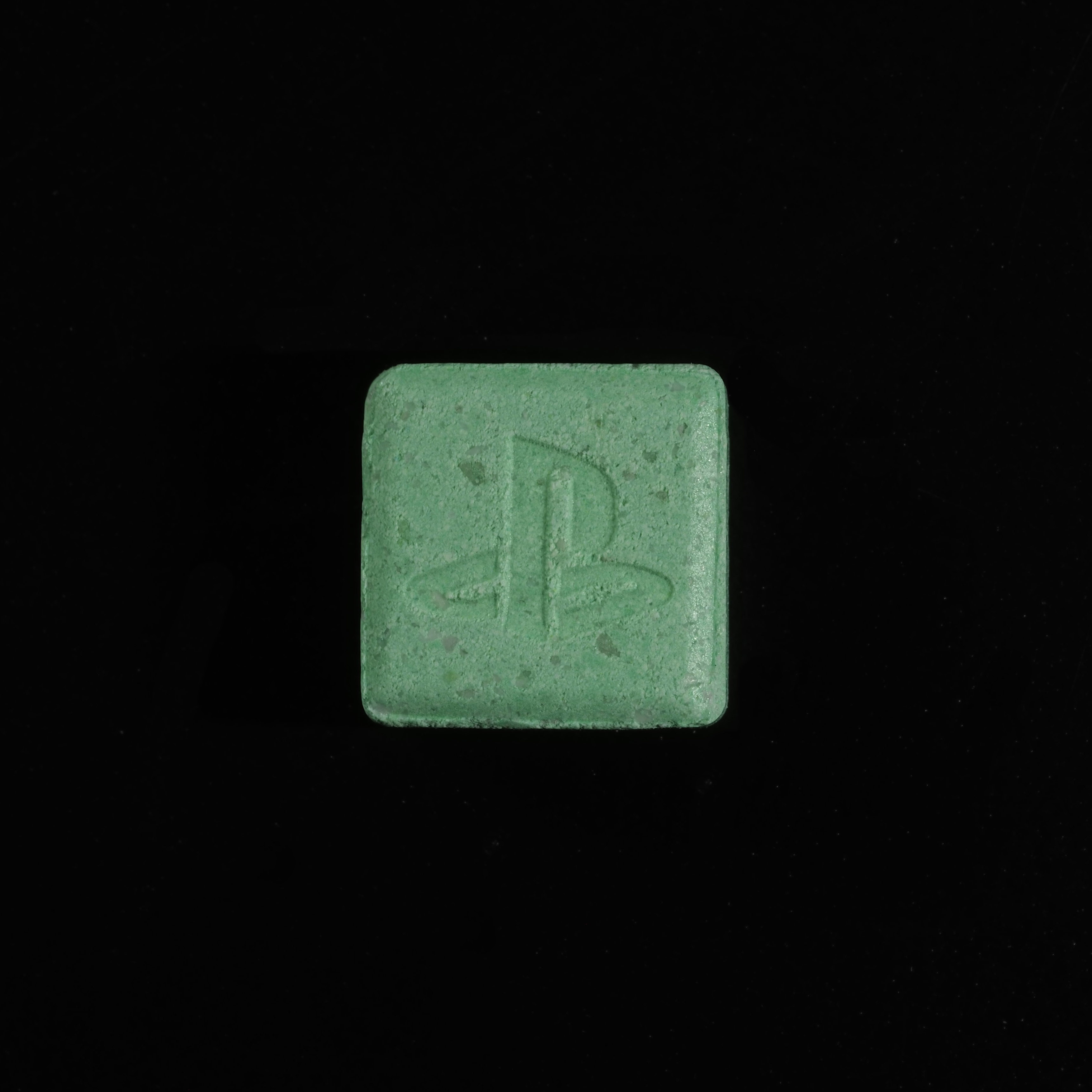



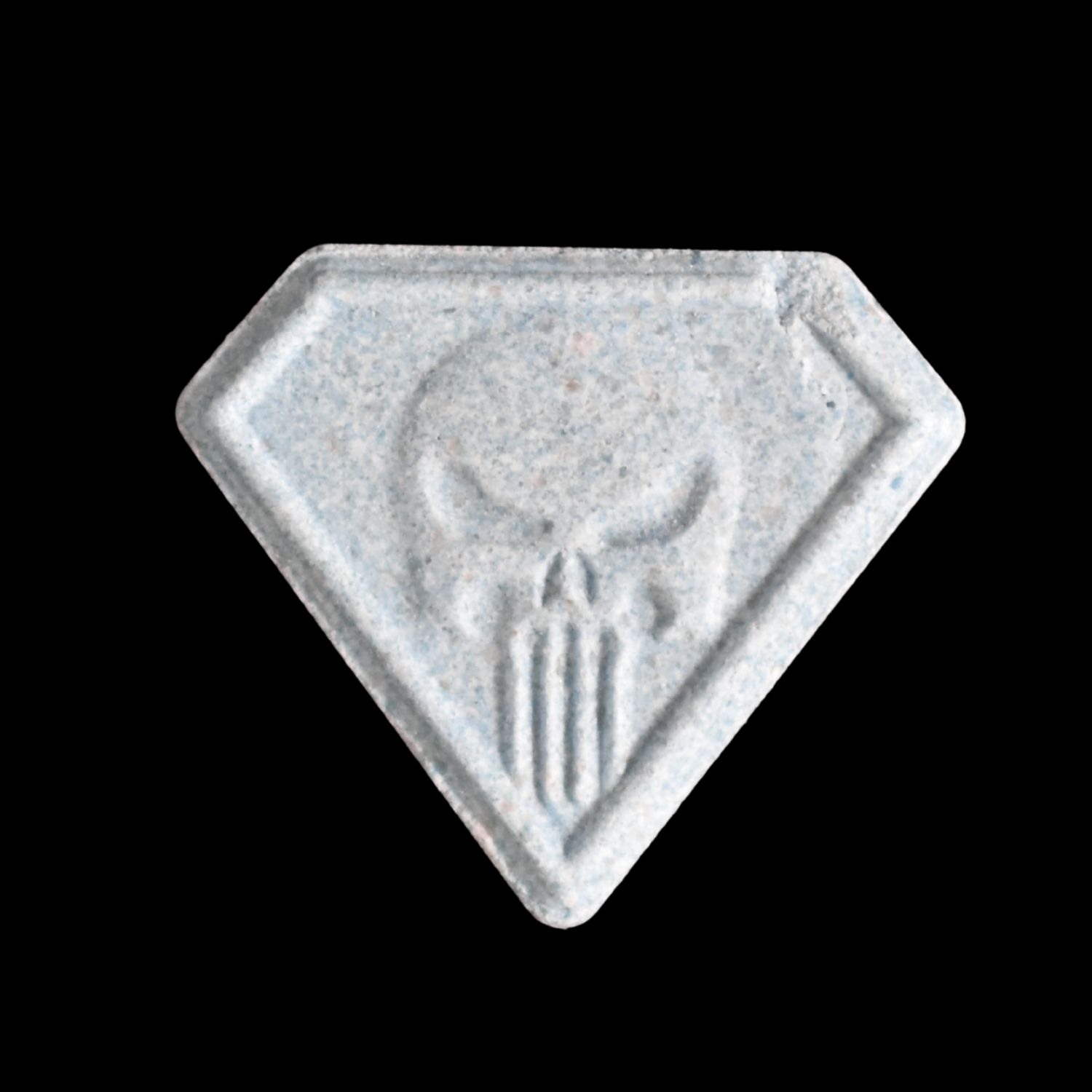



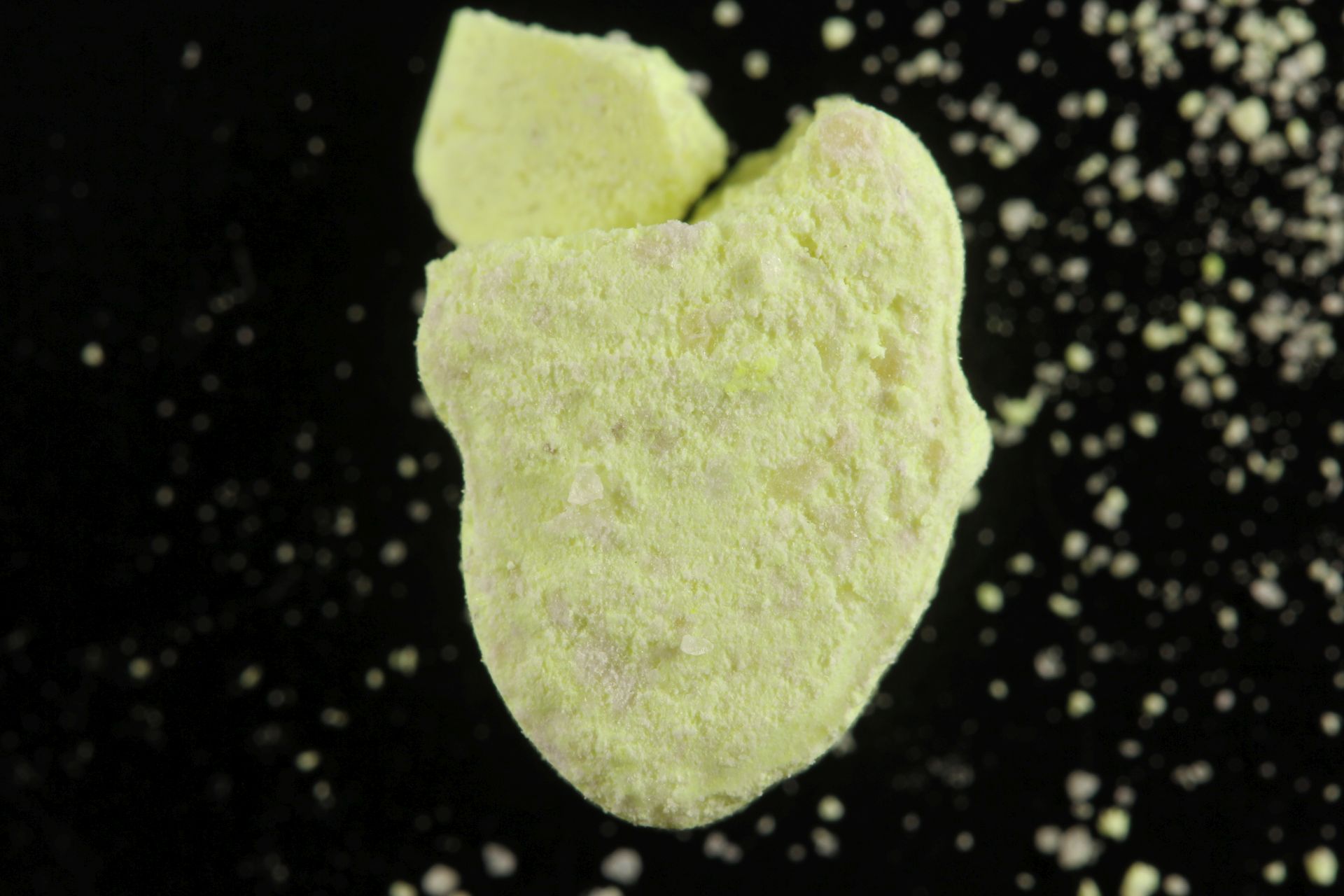



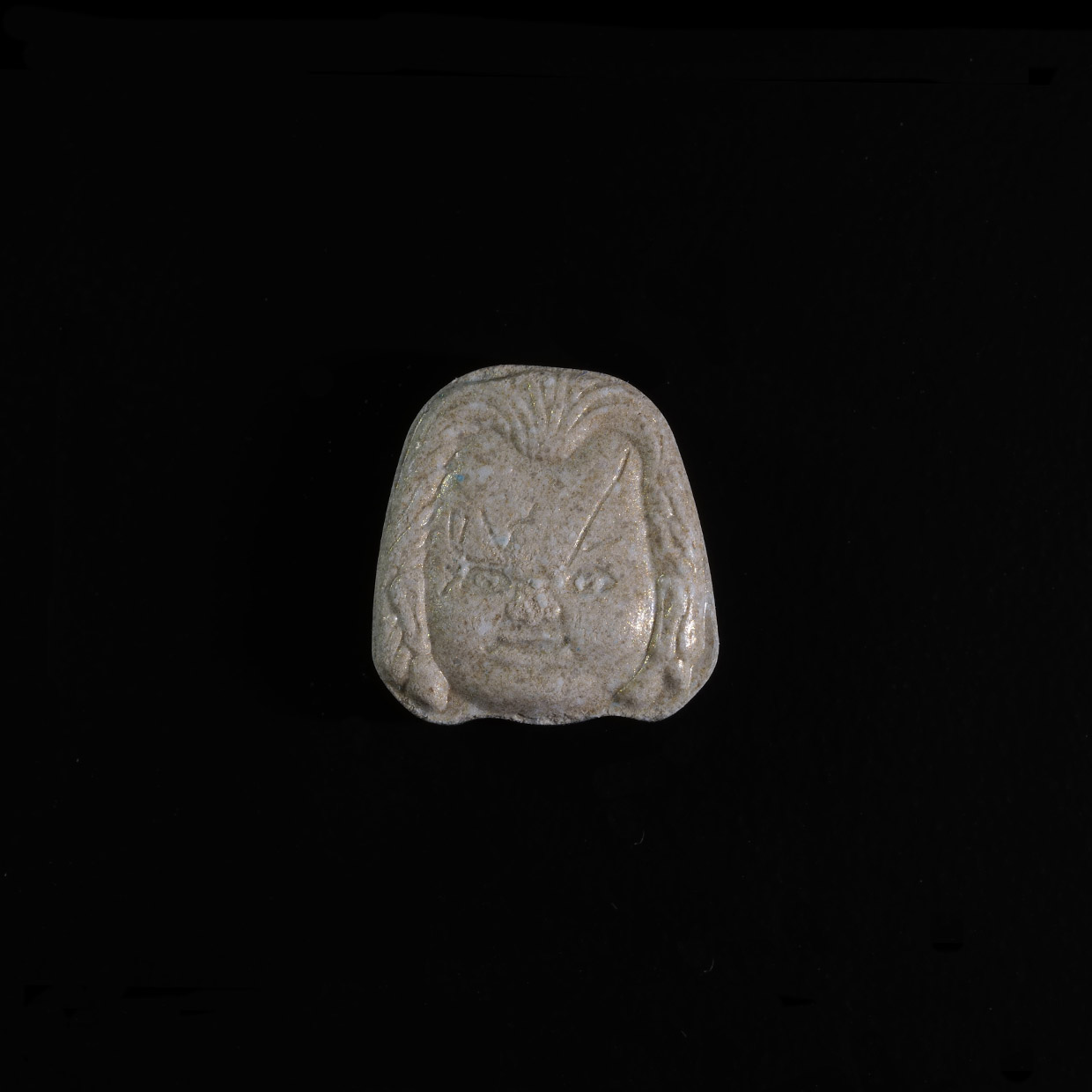

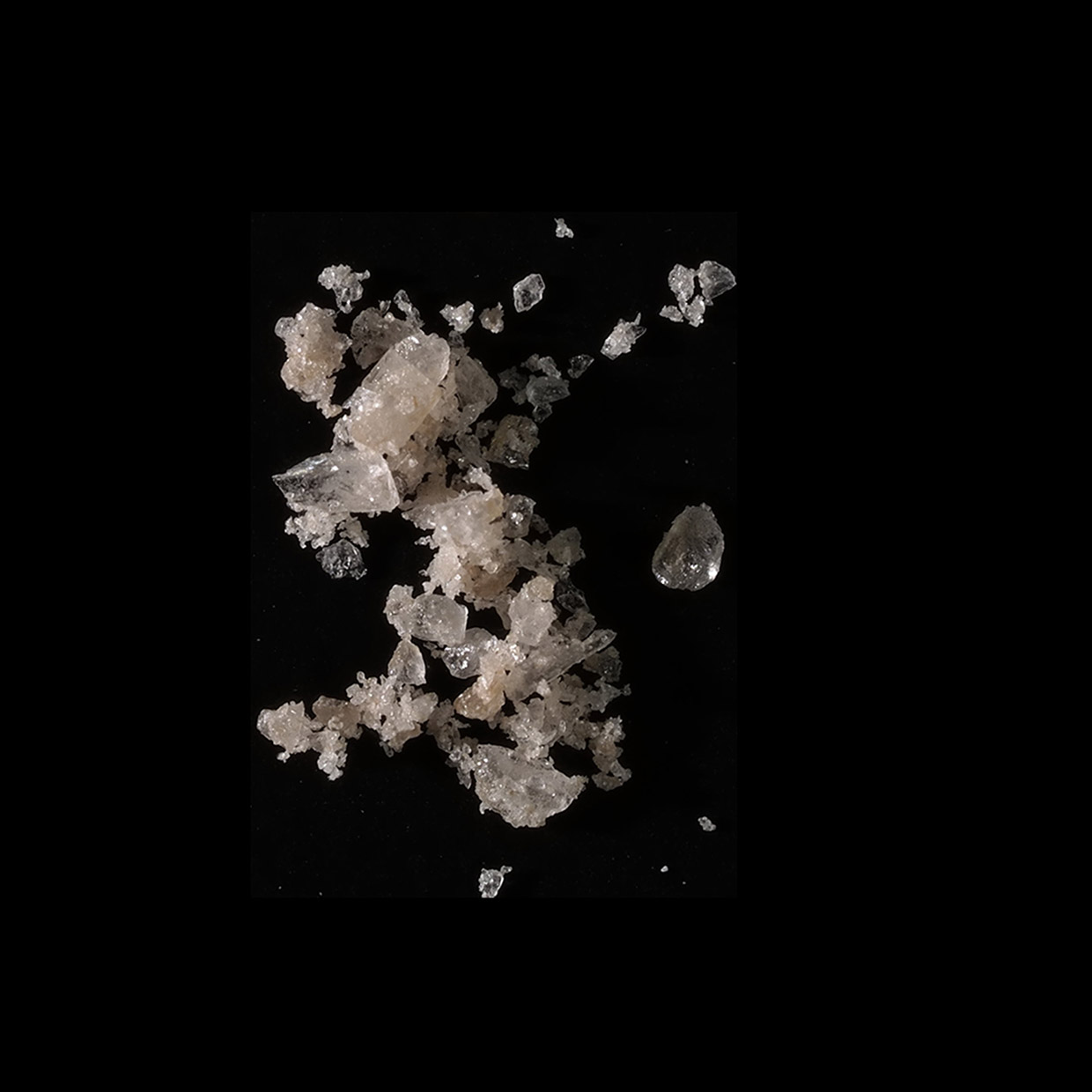
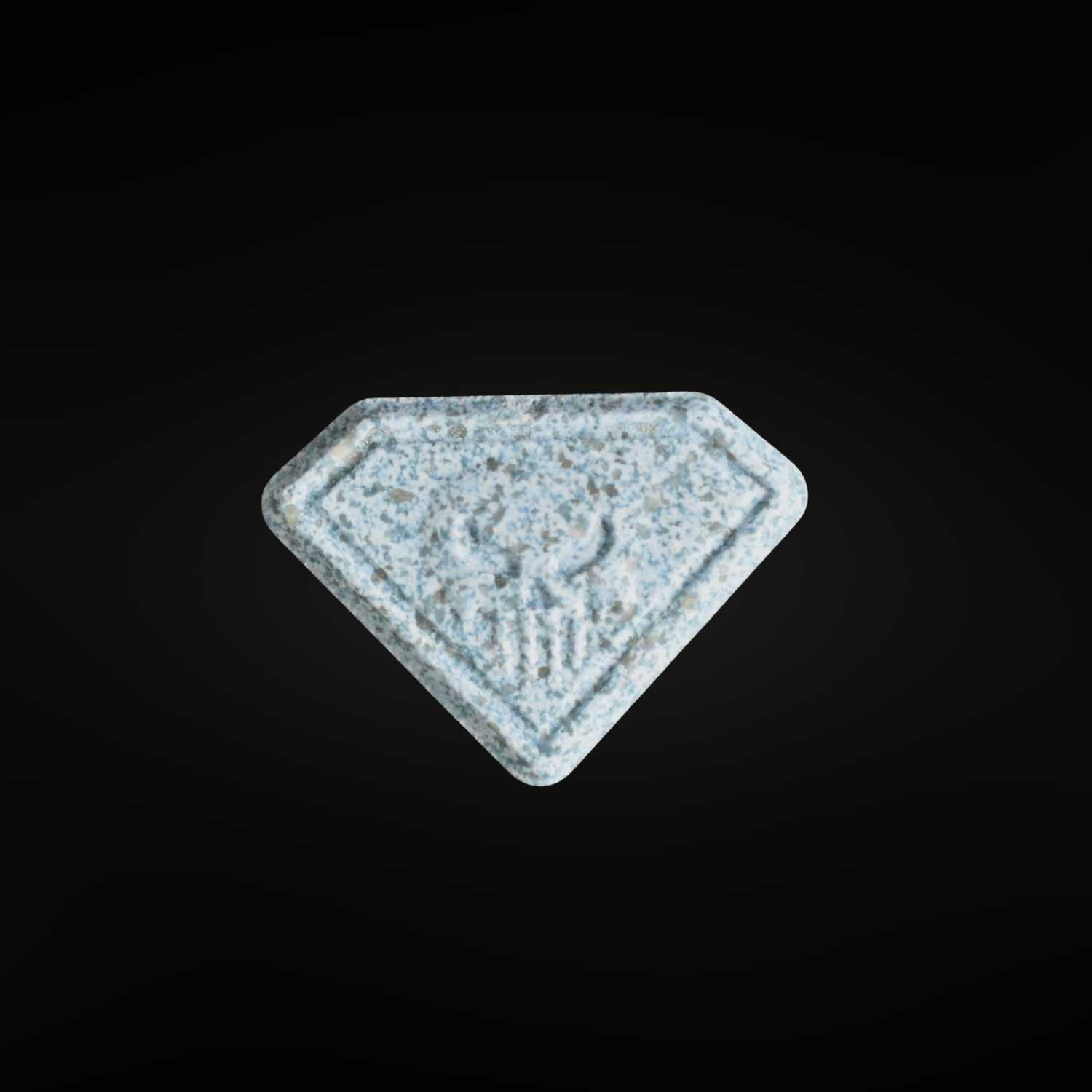

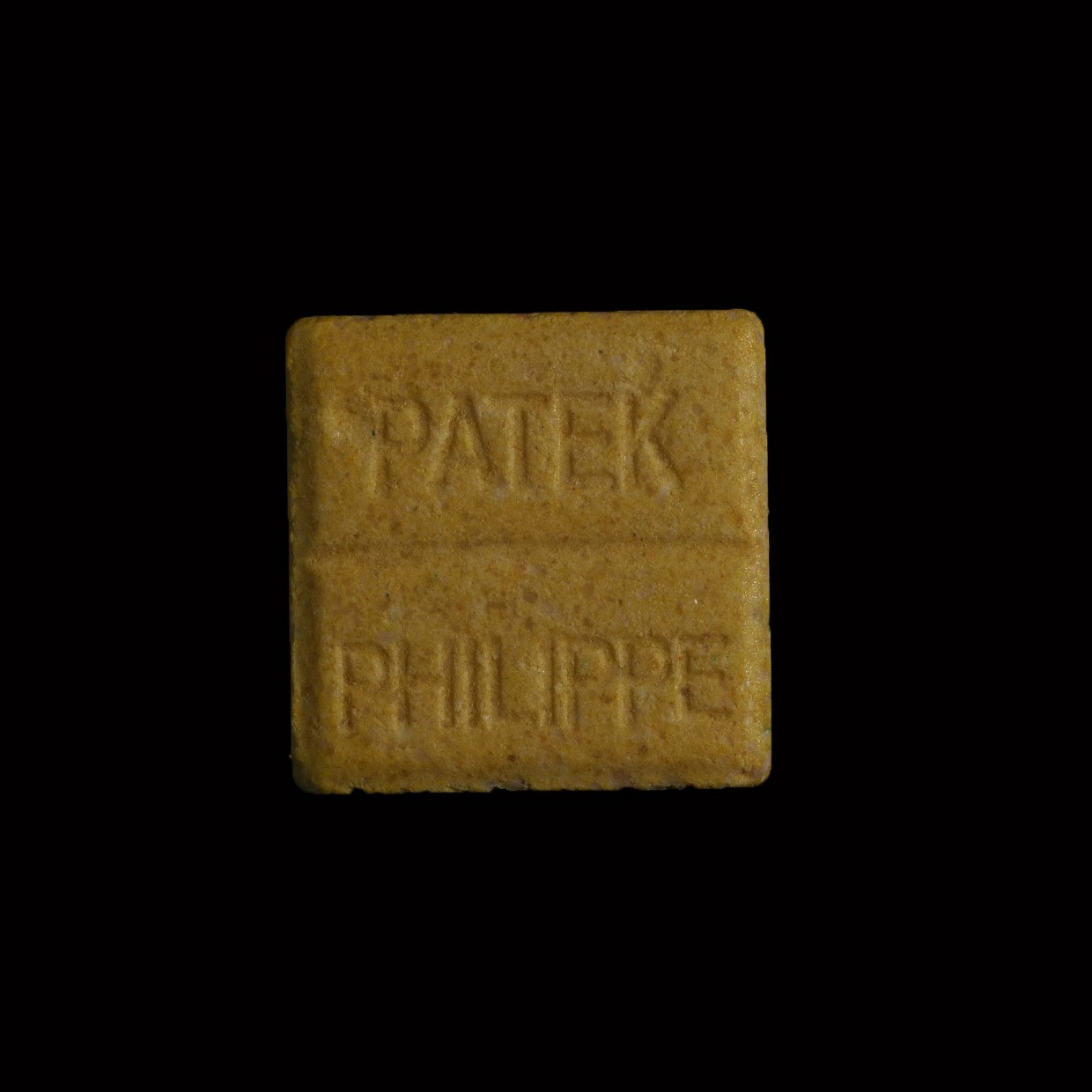

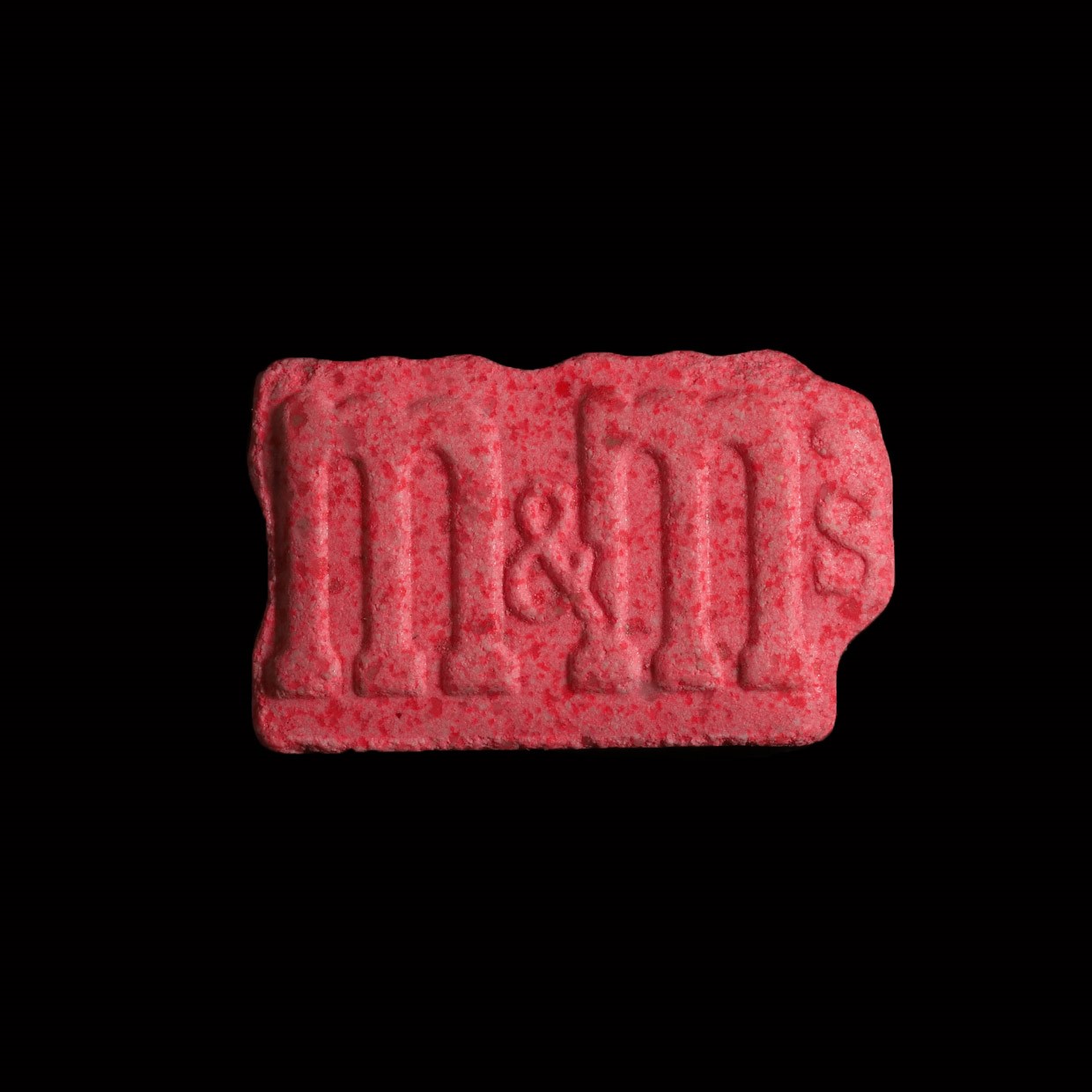
.jpeg)
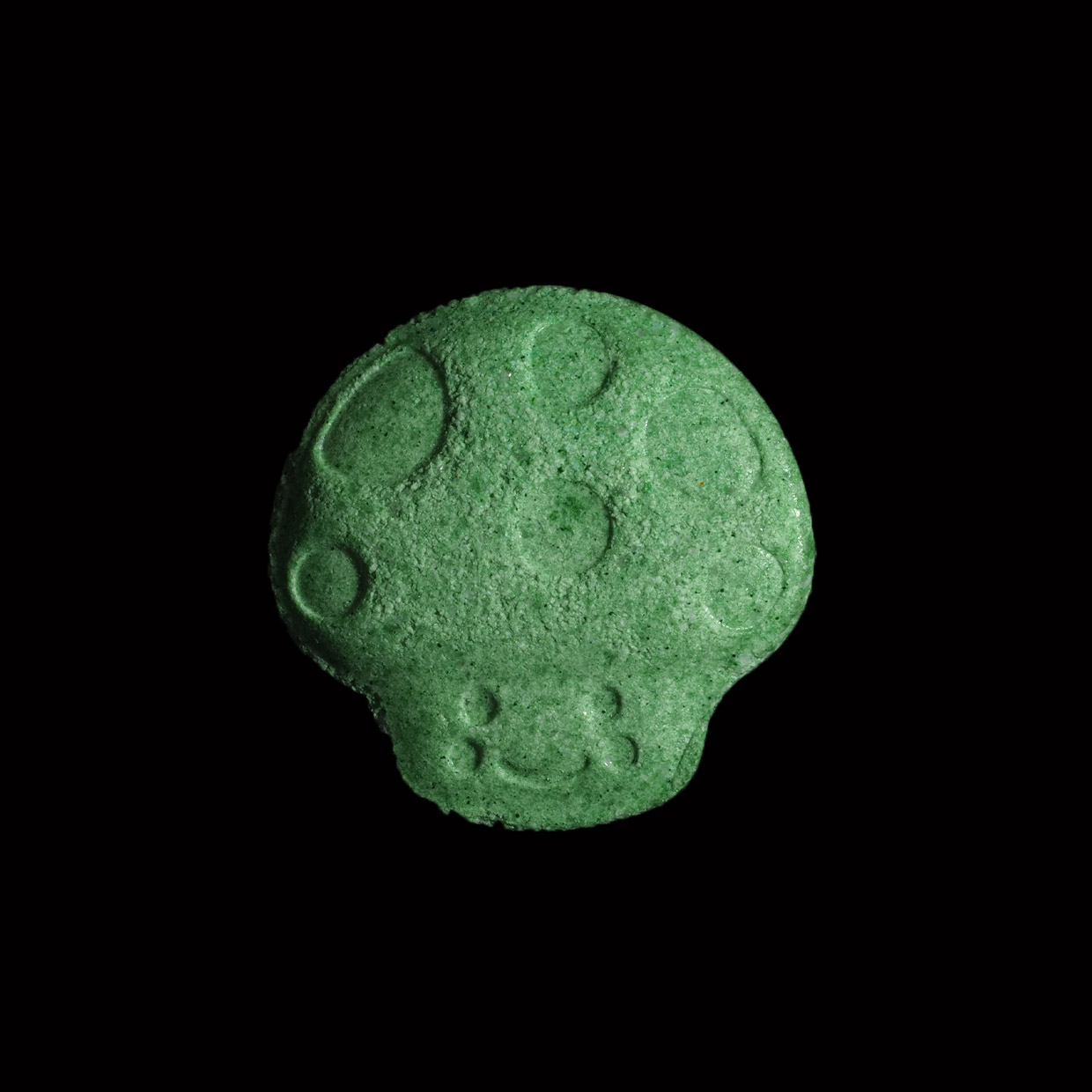

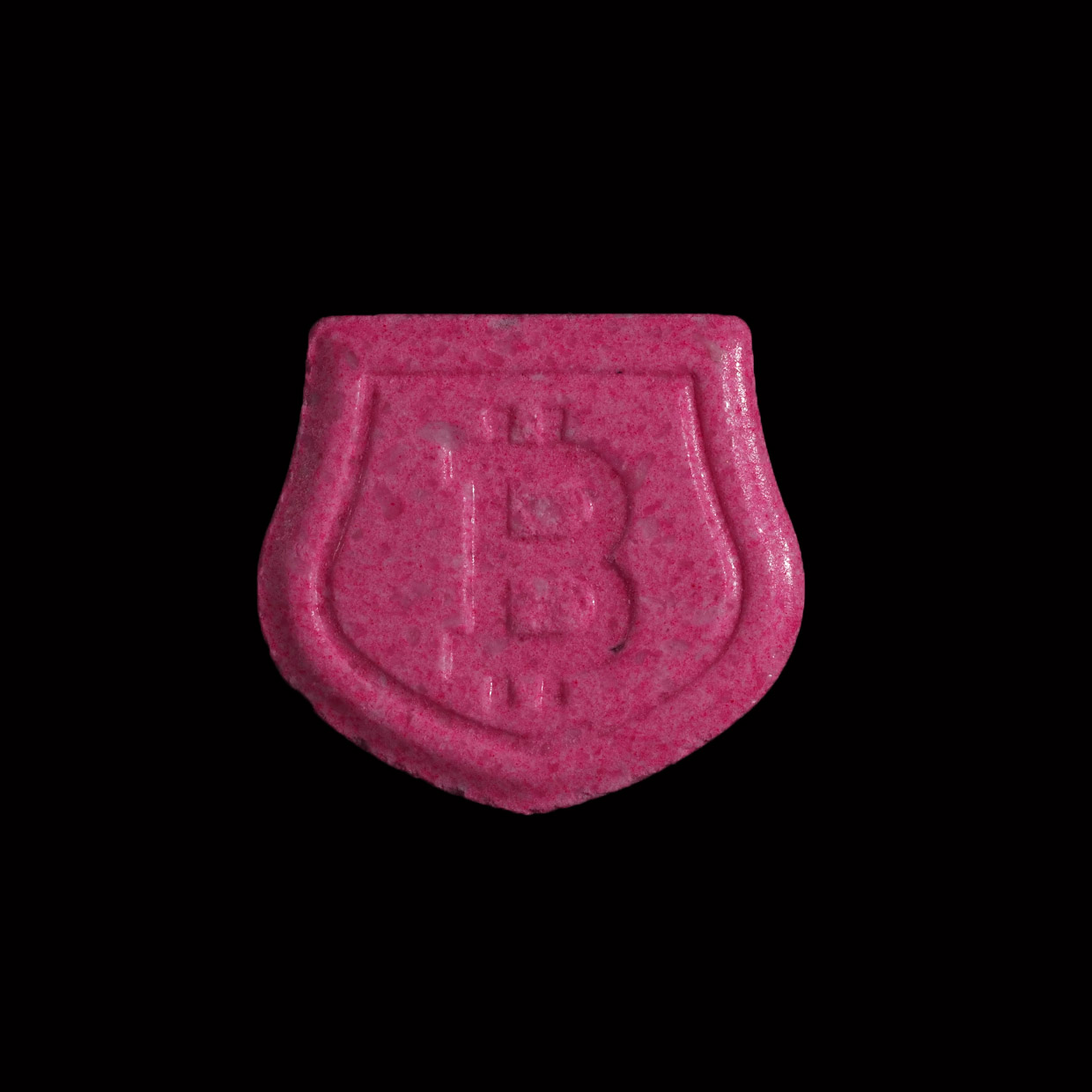
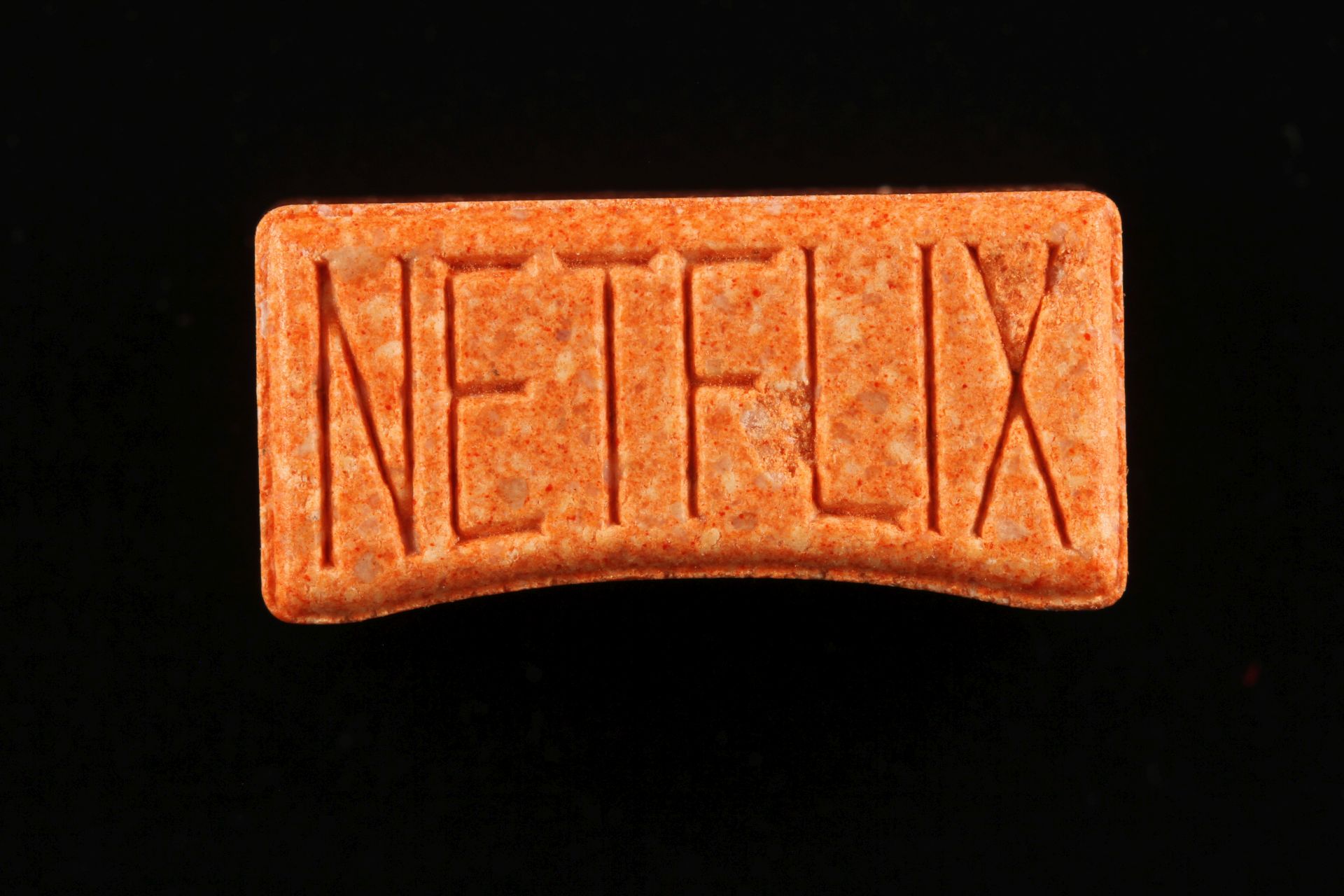
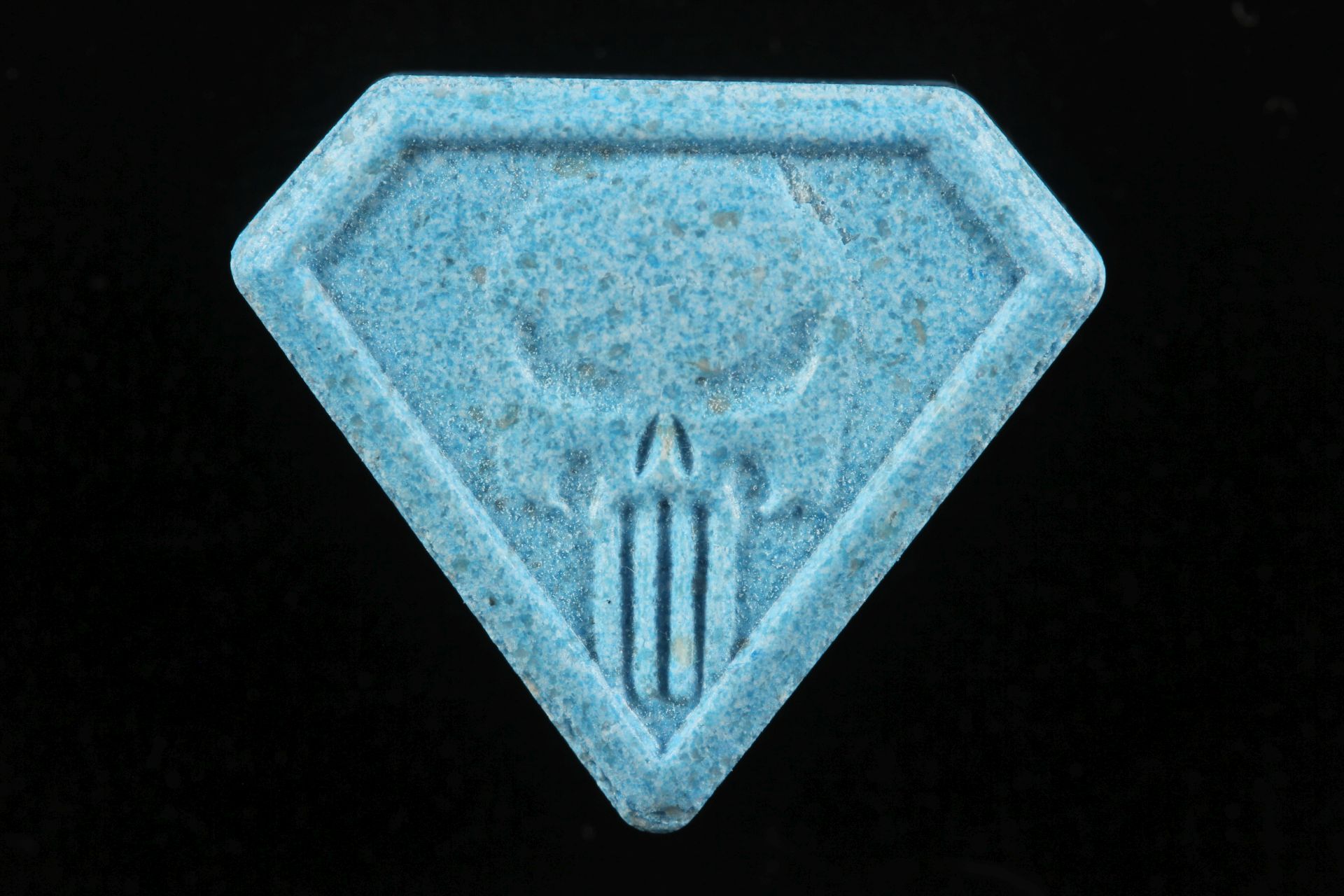
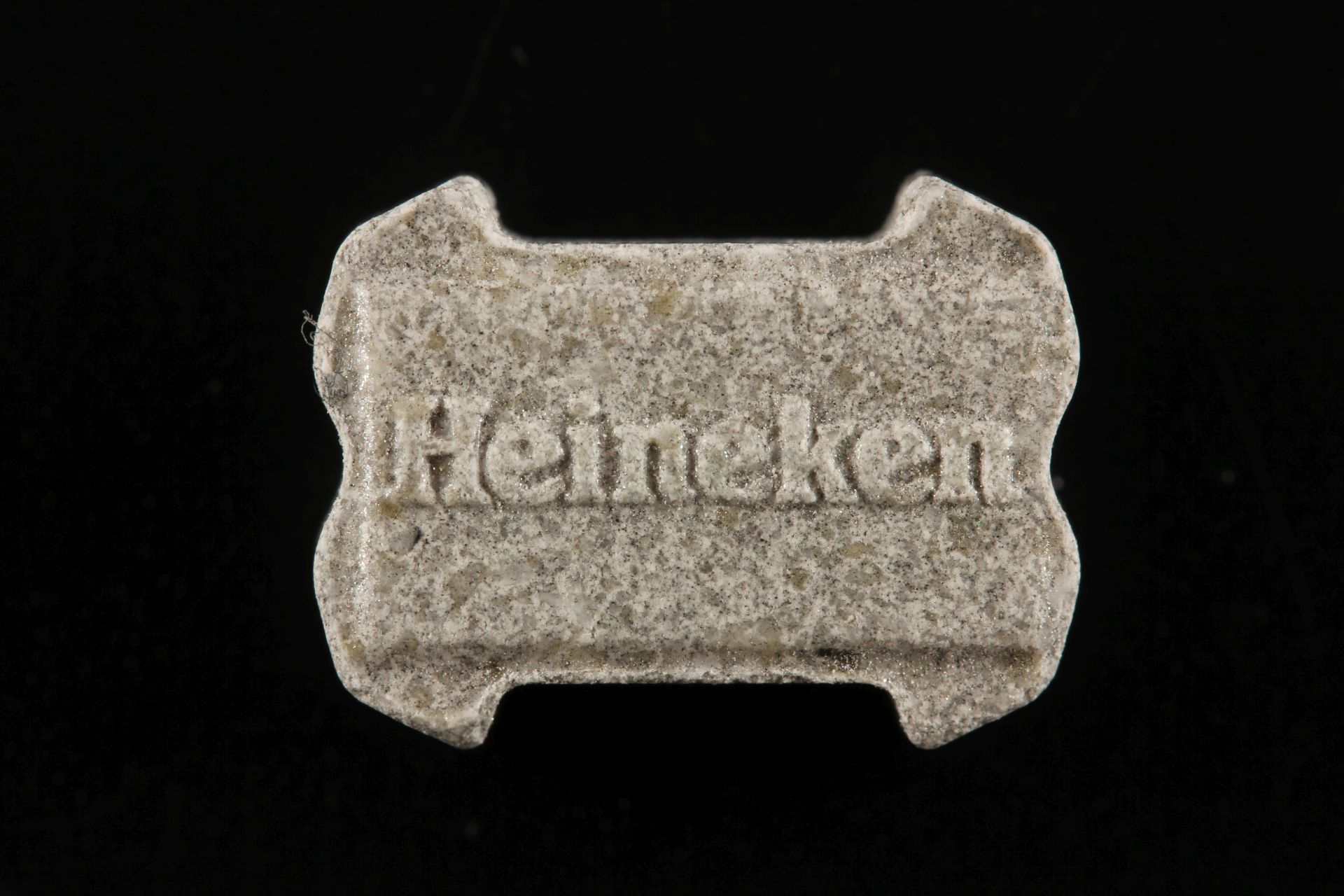
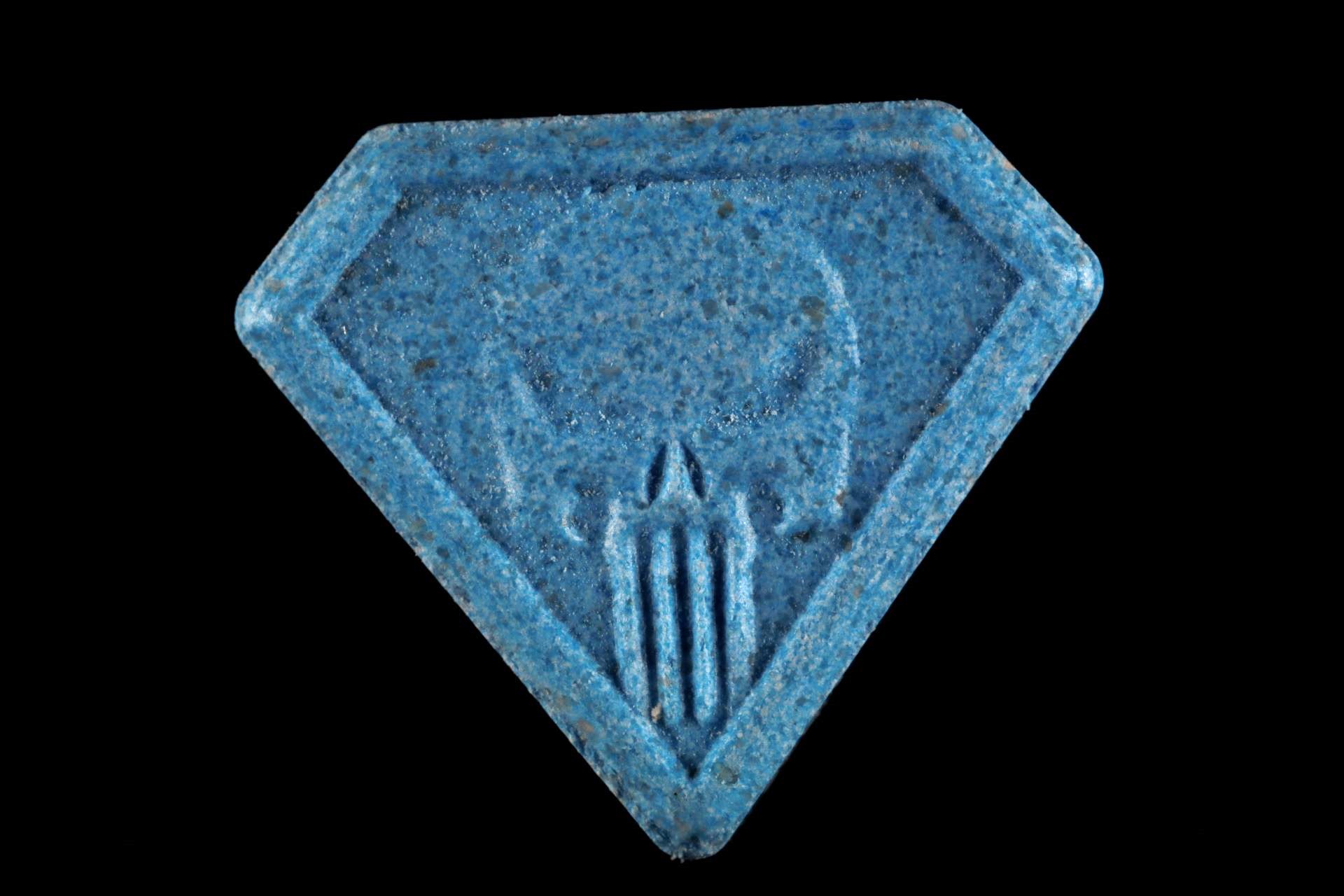
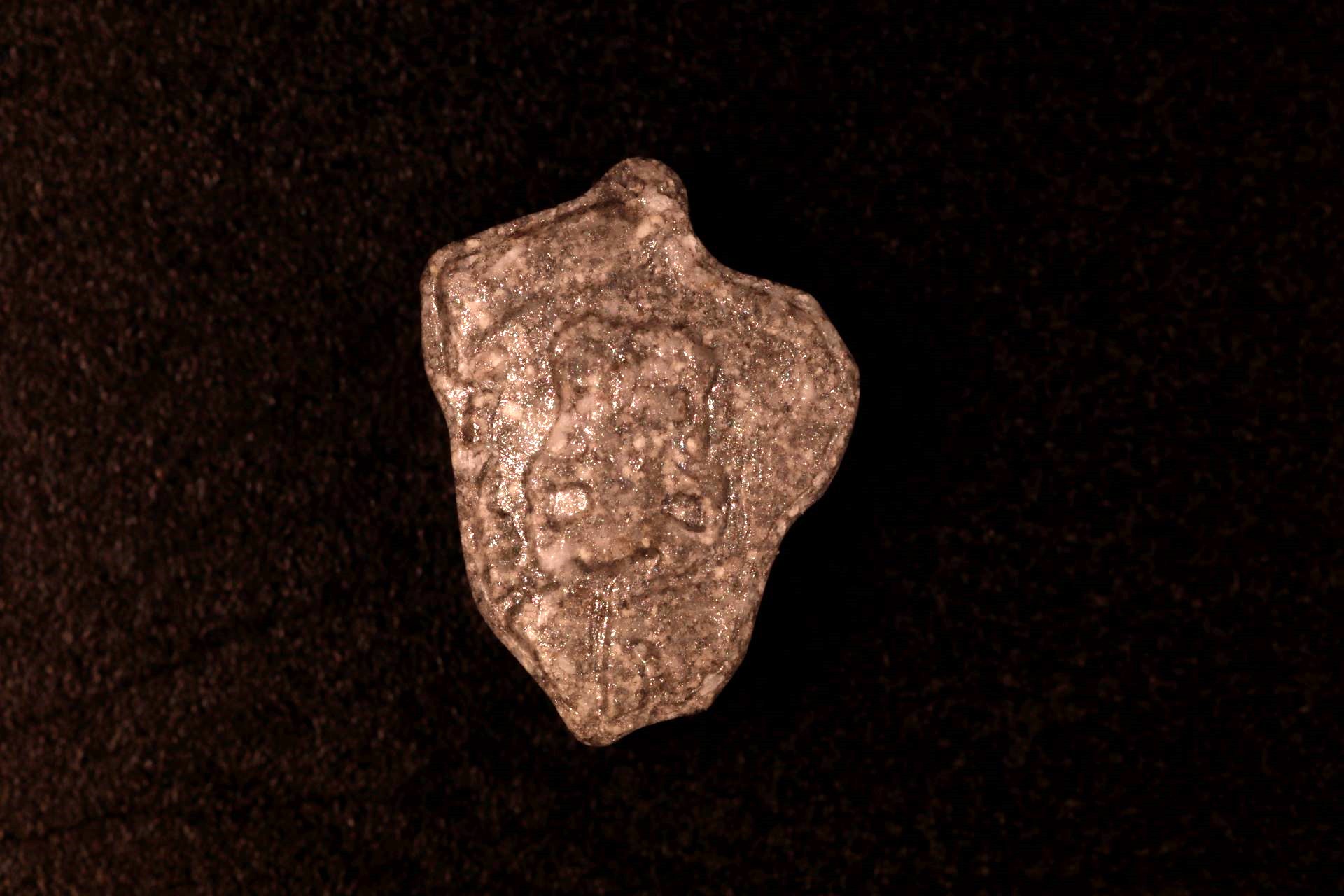
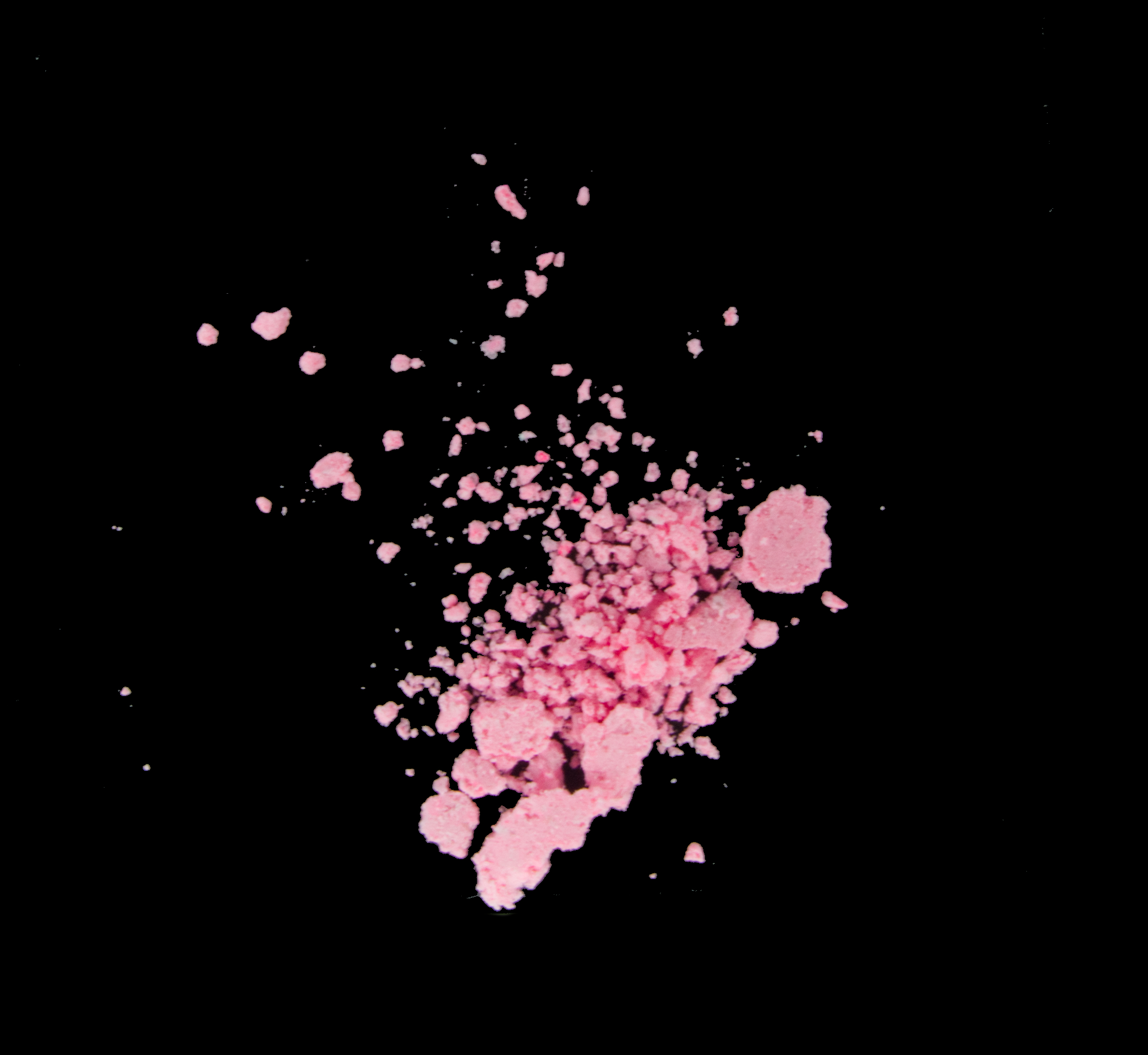
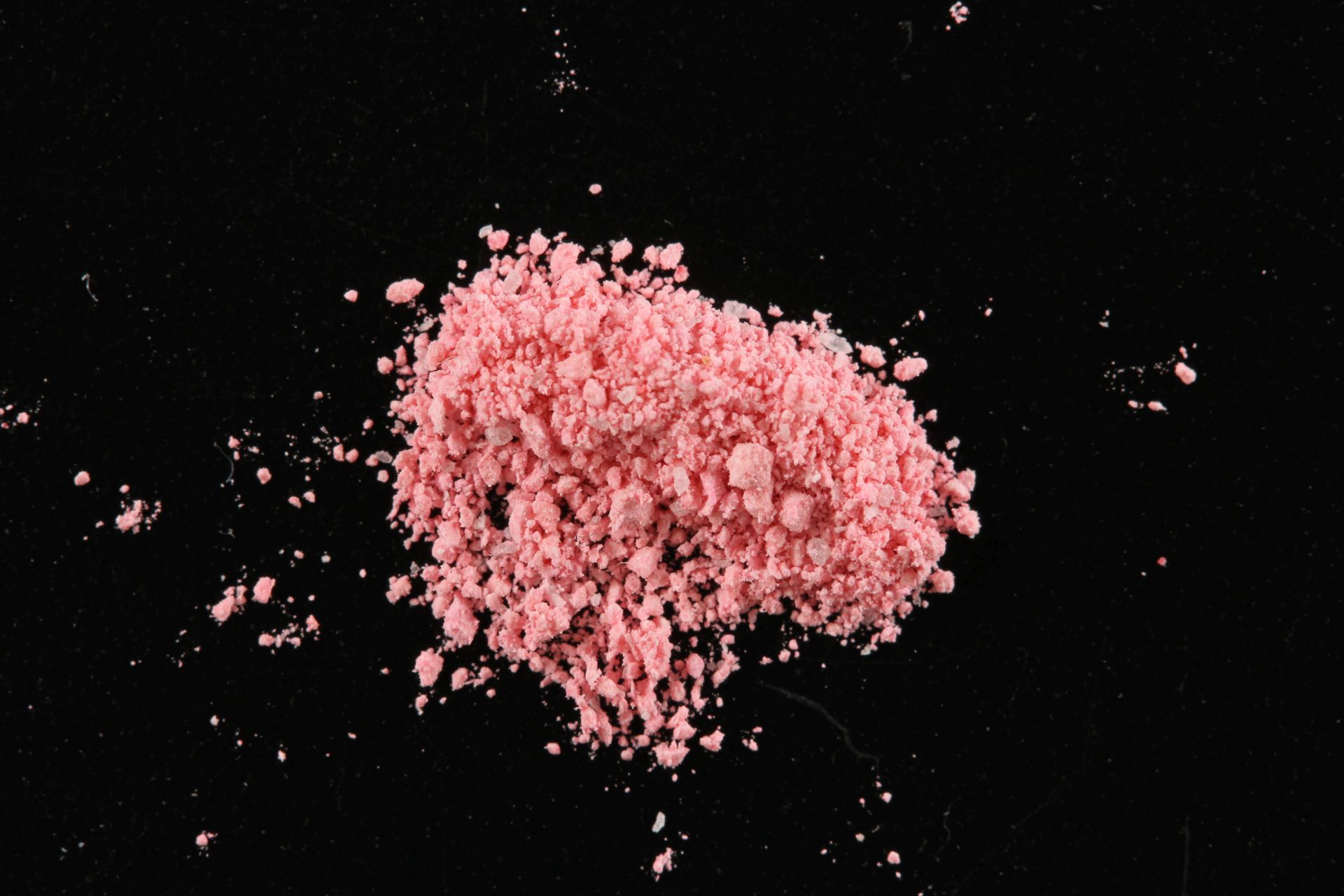
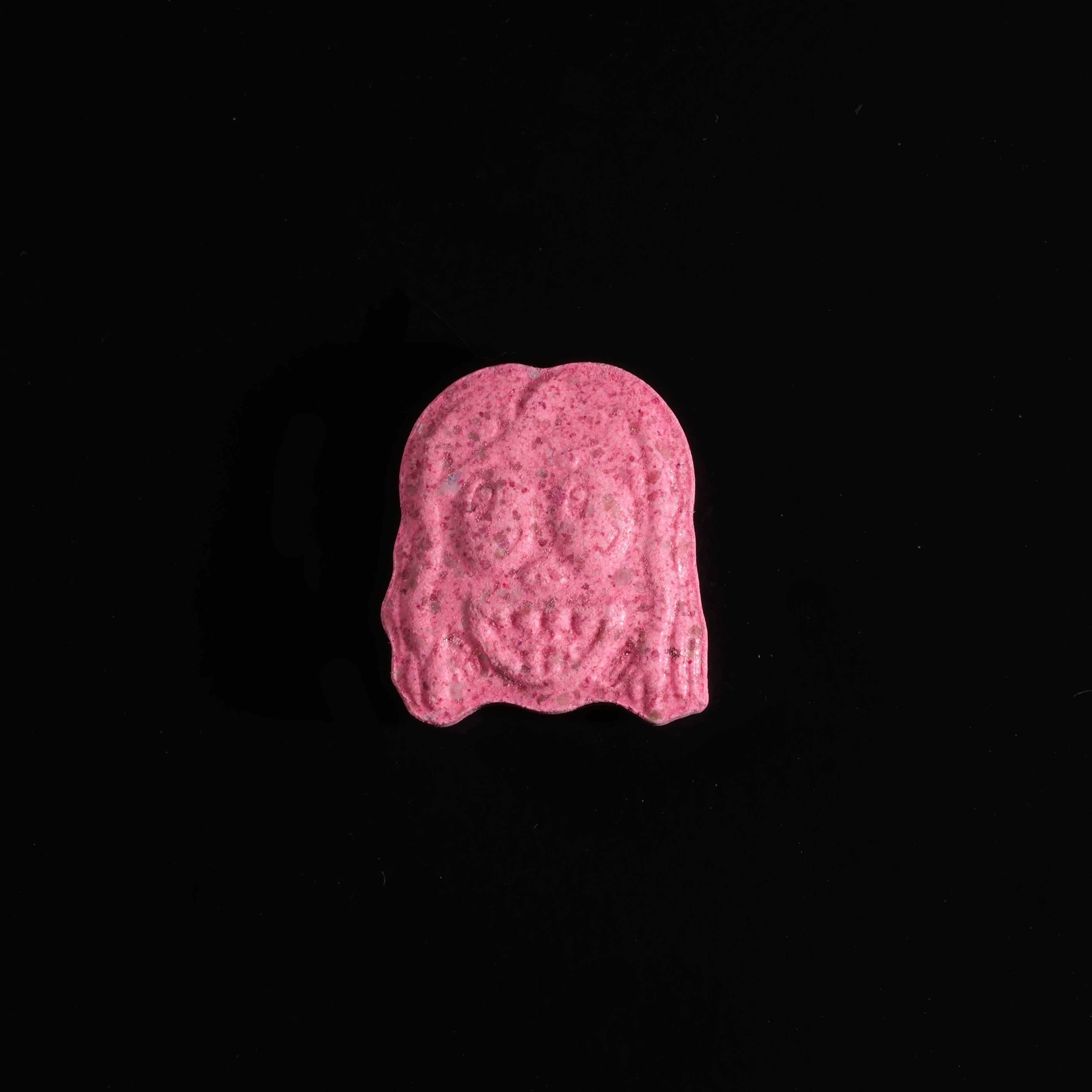

.jpeg)


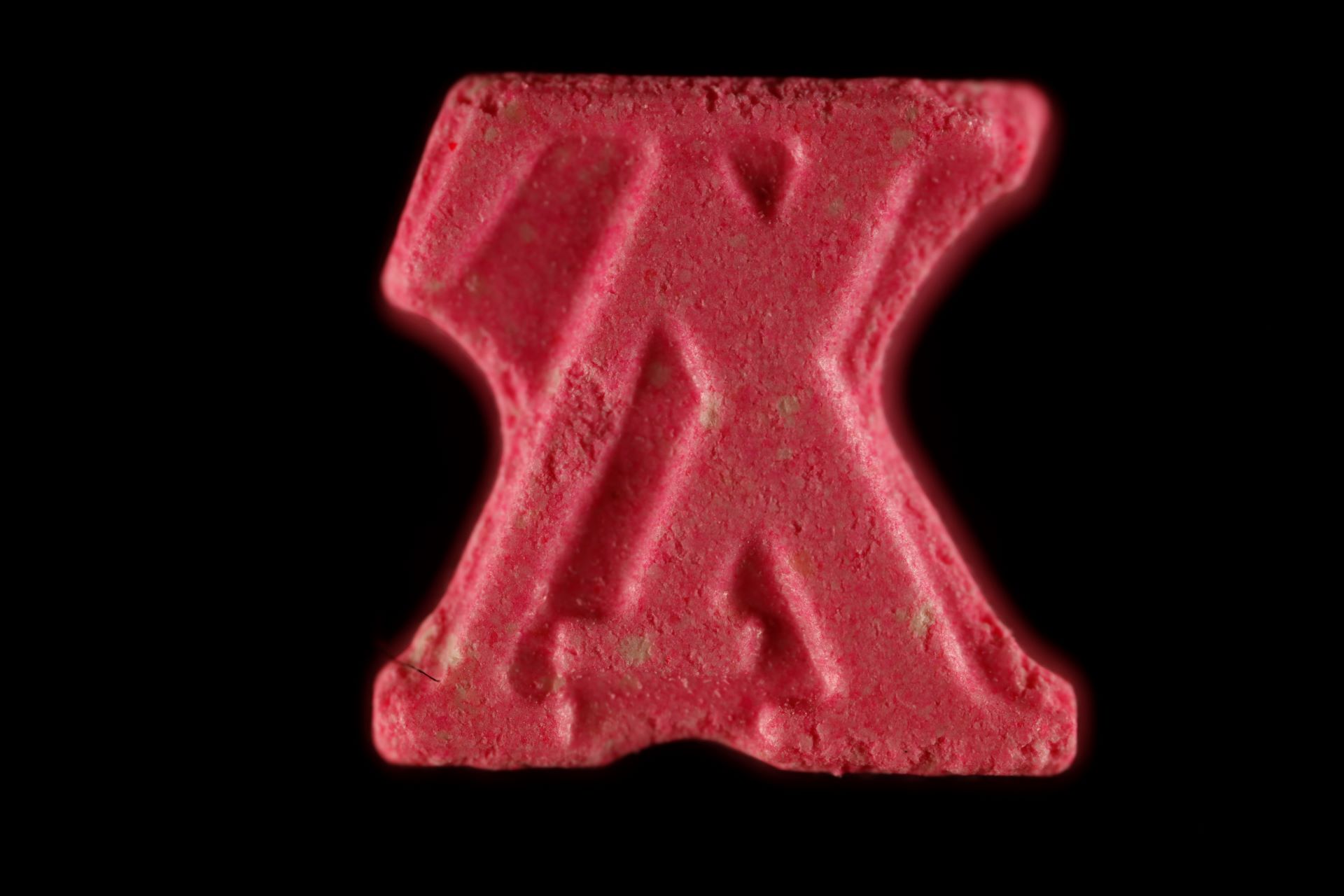
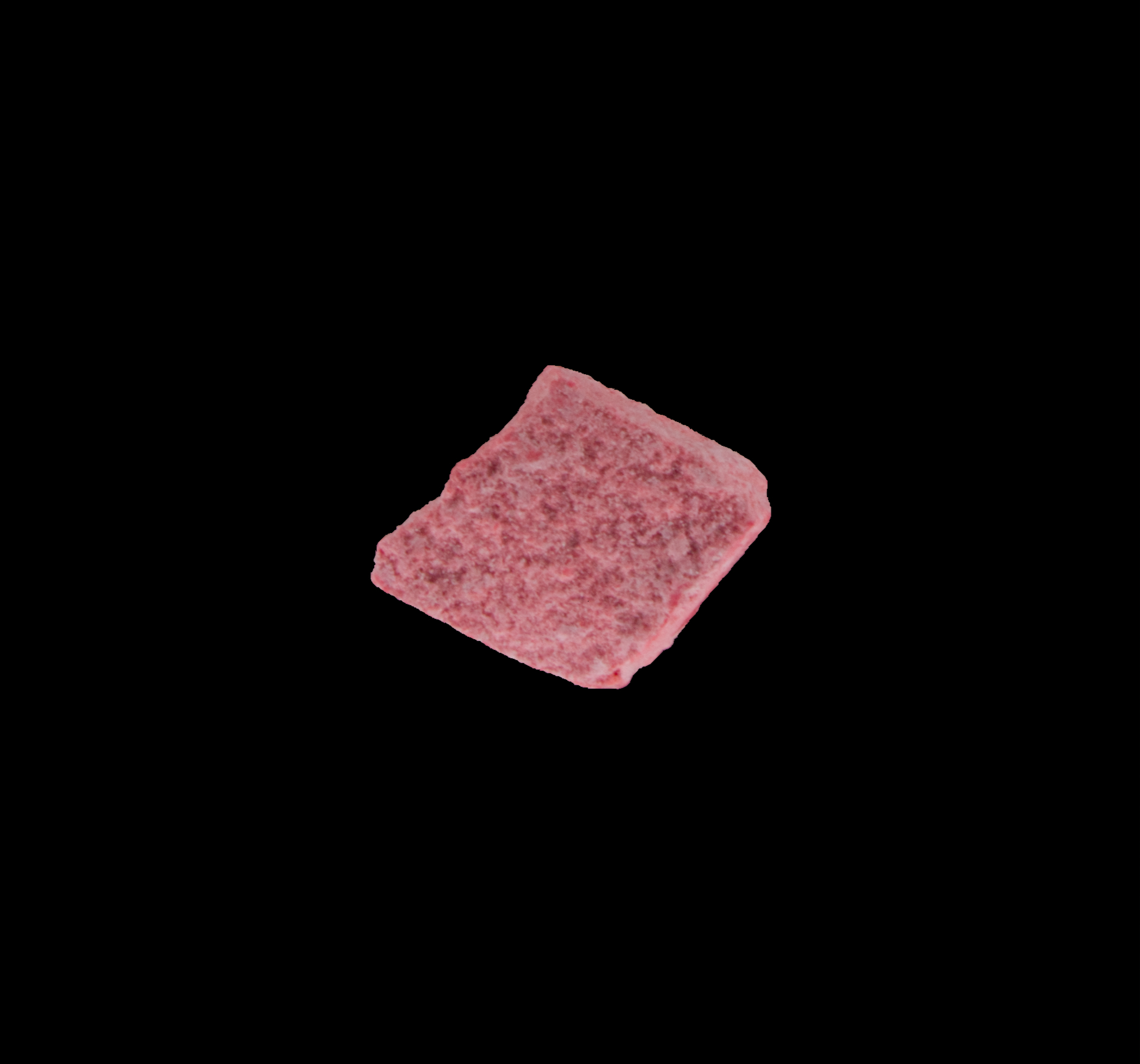

CR2.jpeg)
